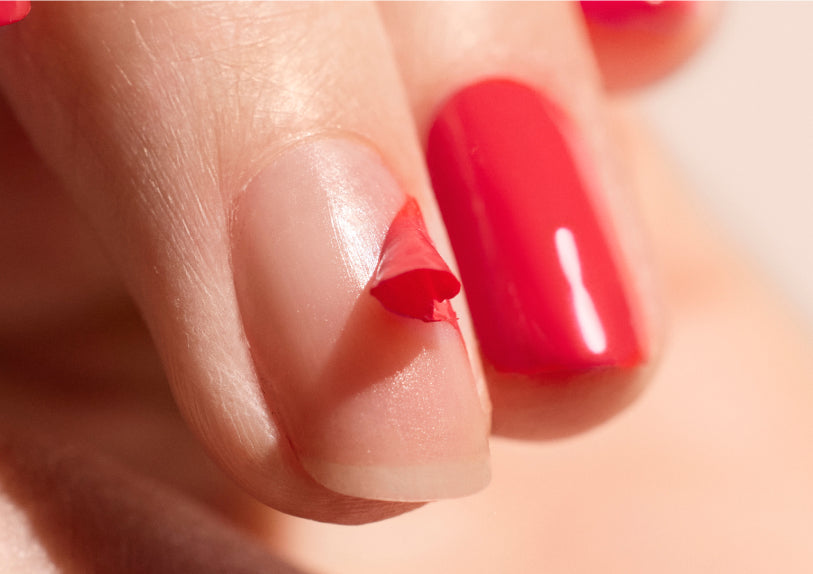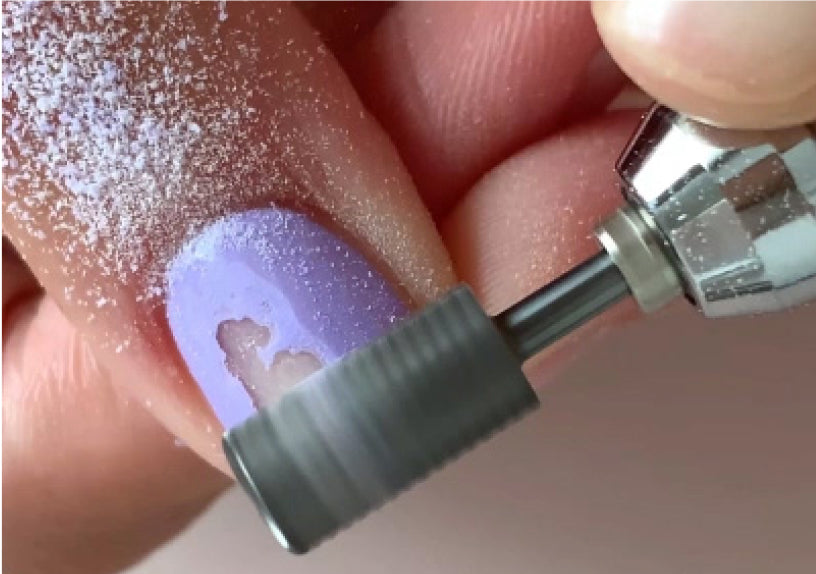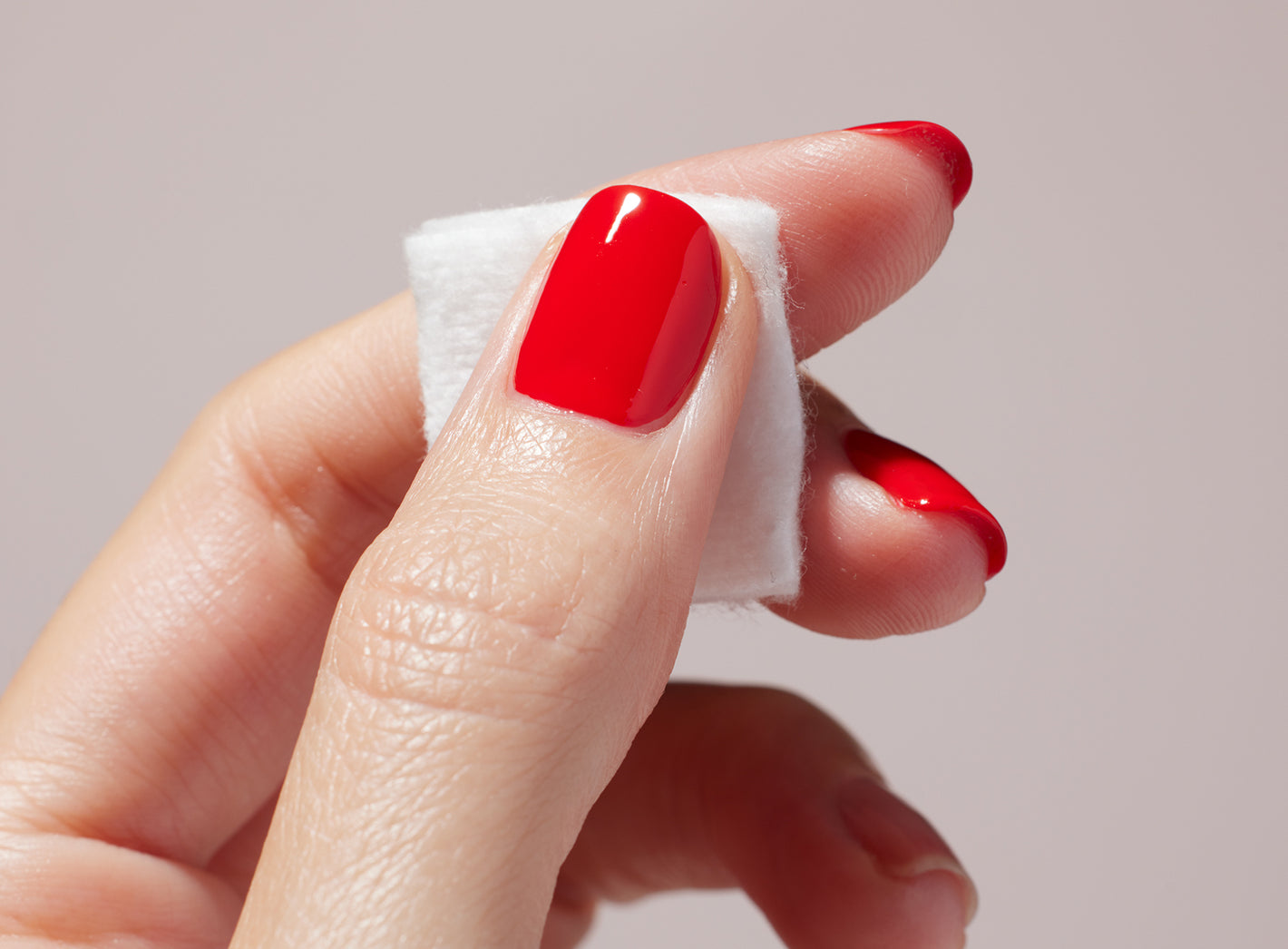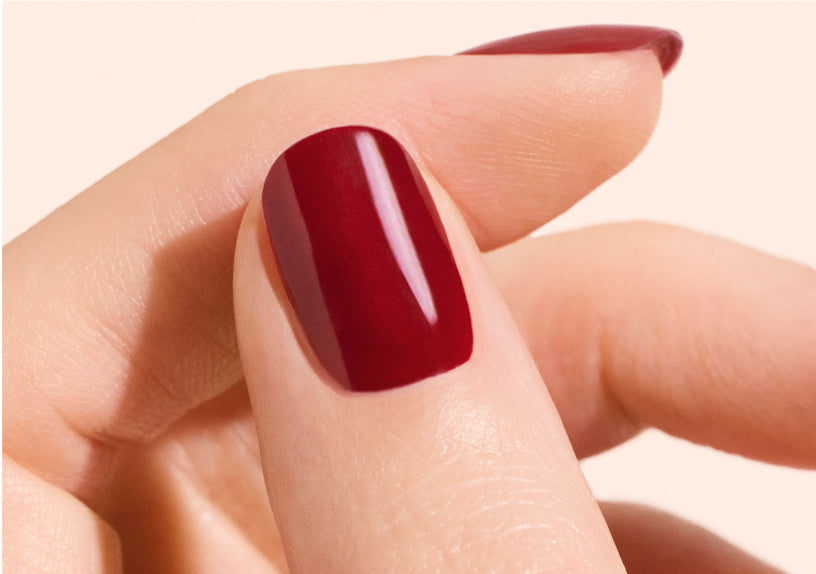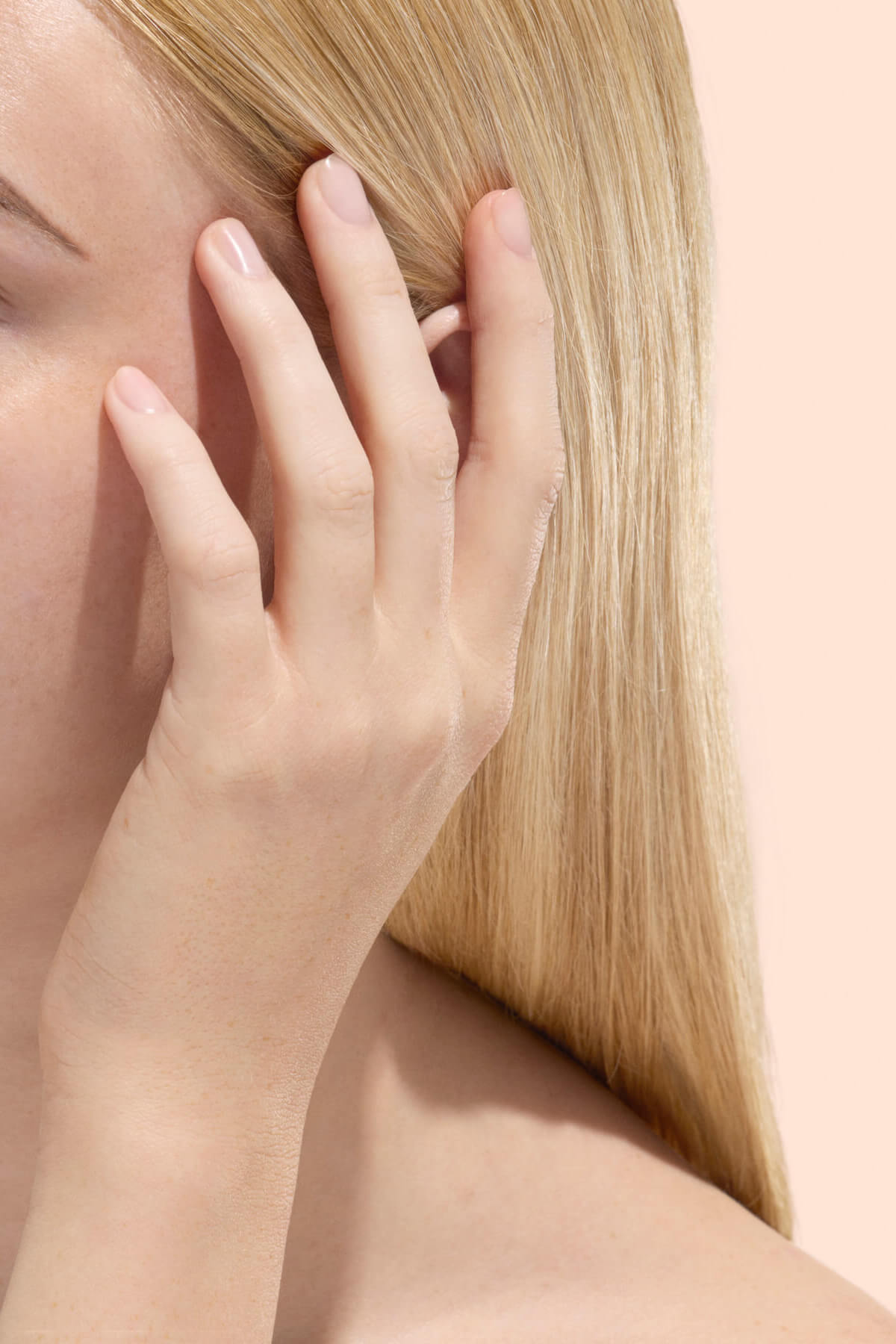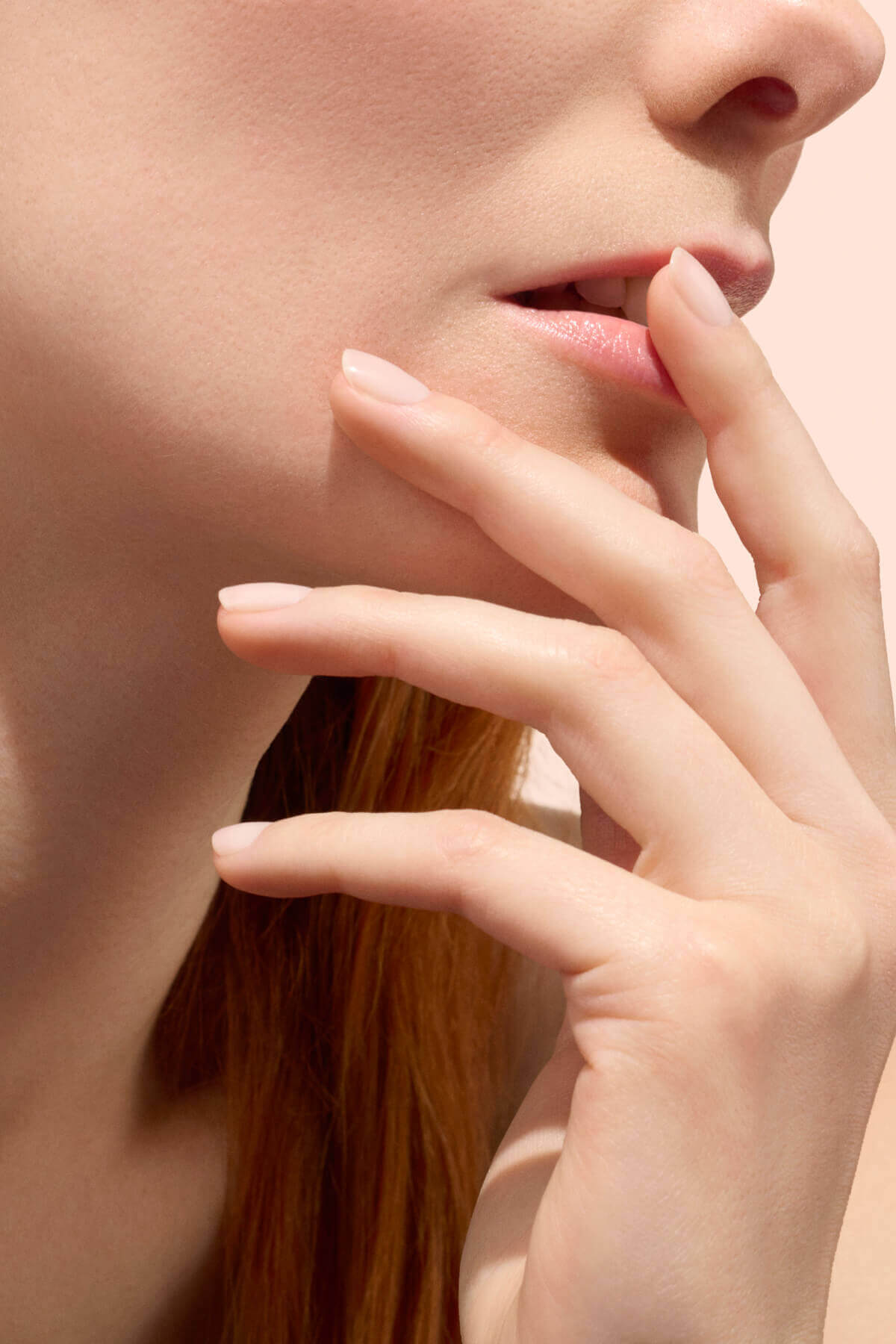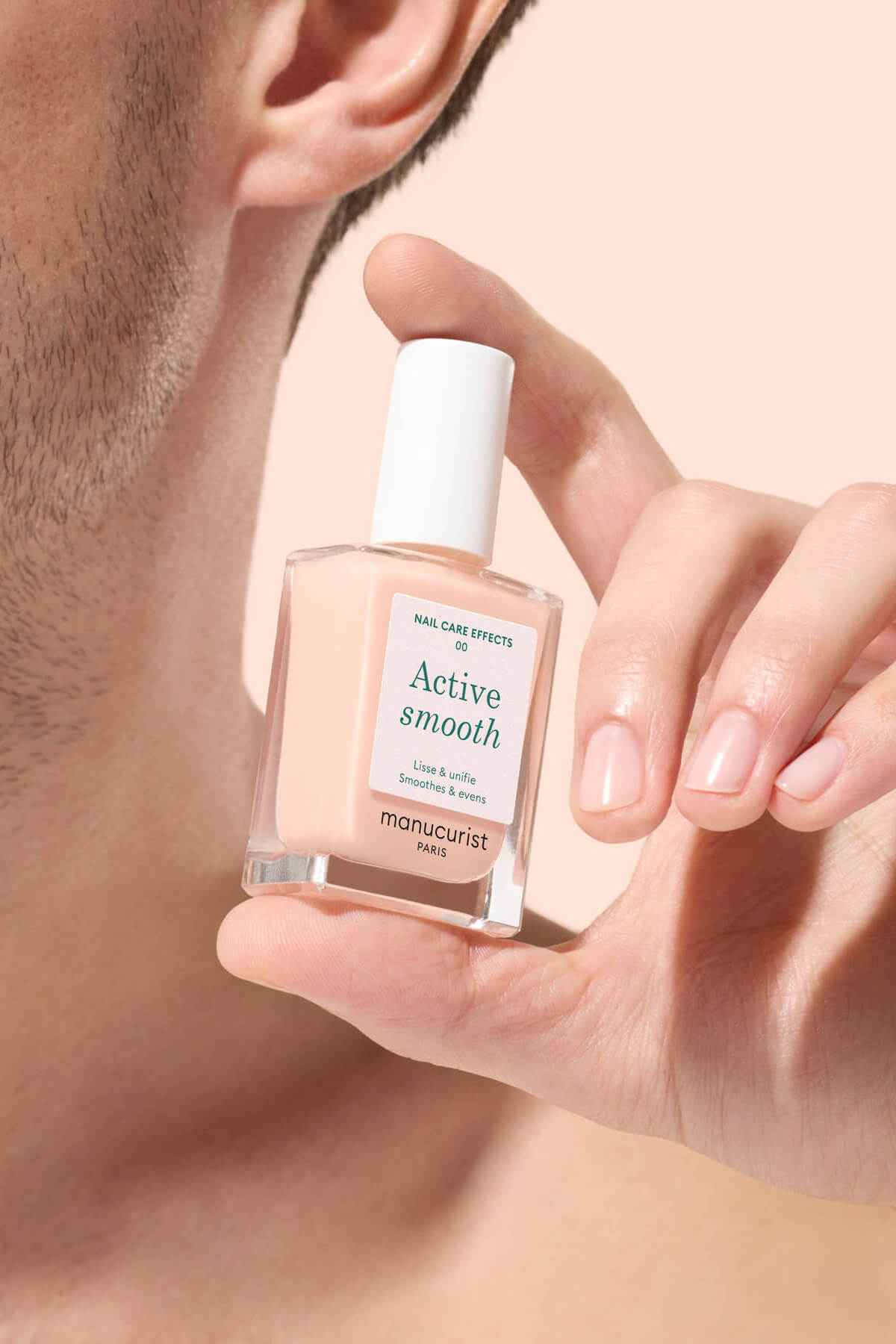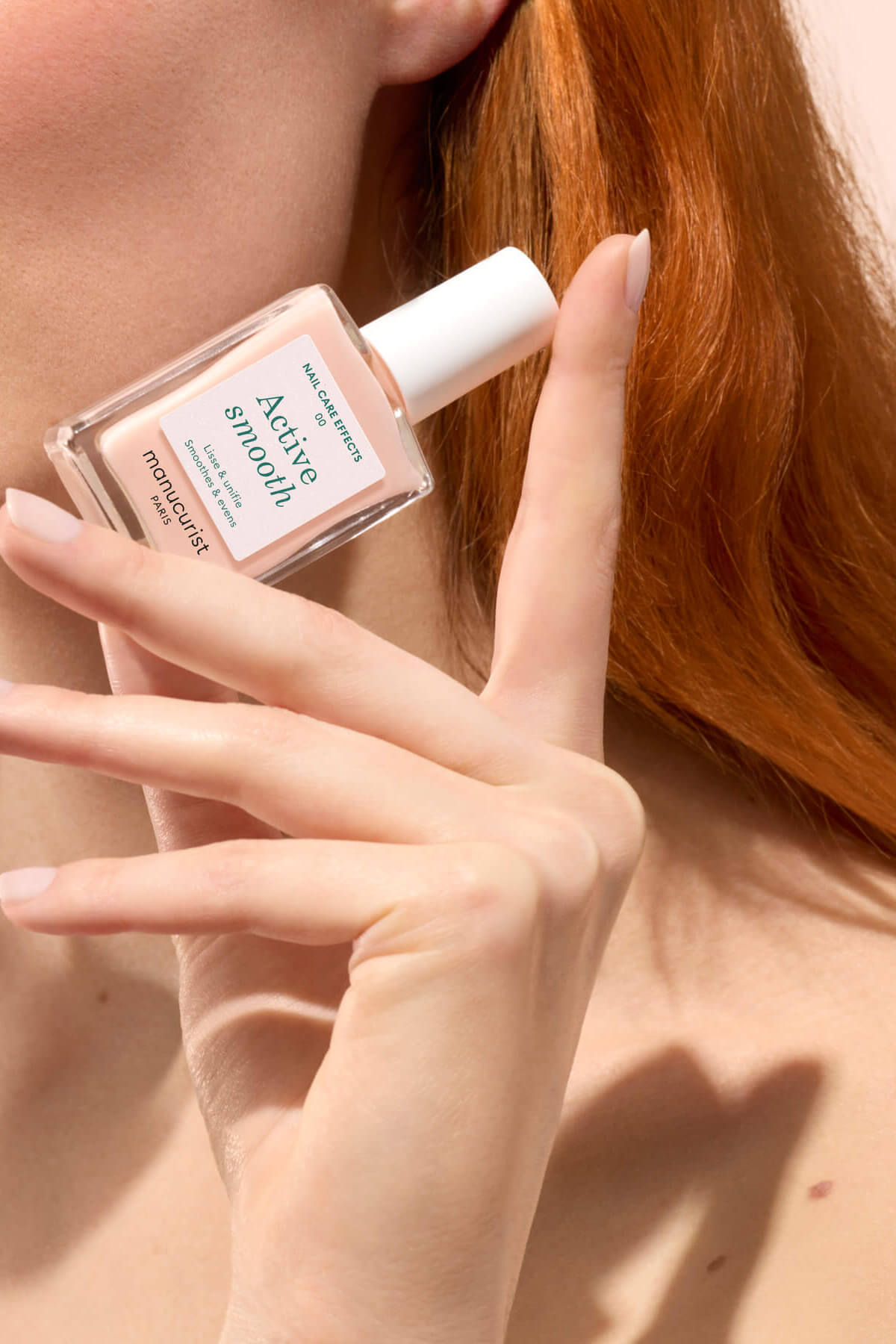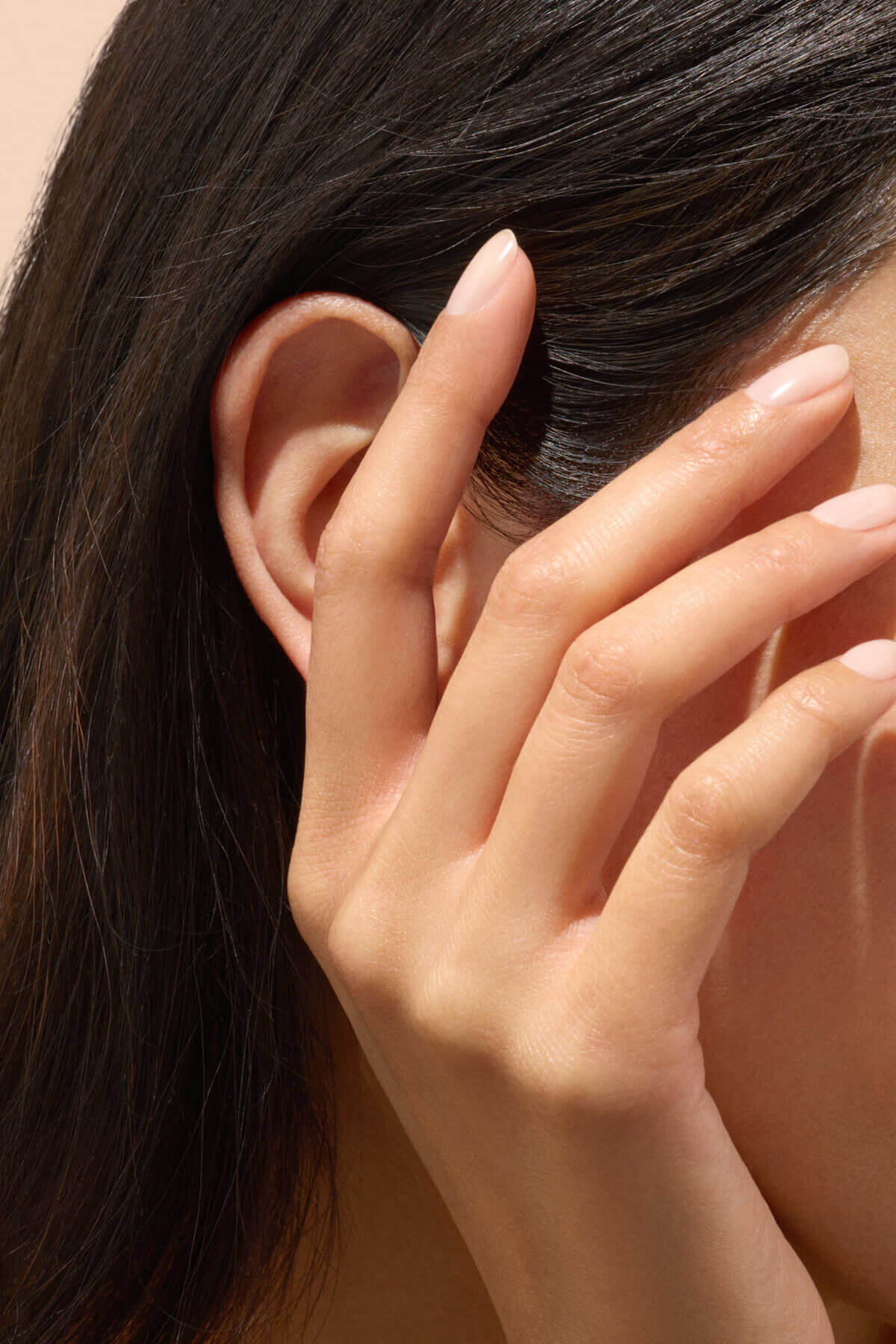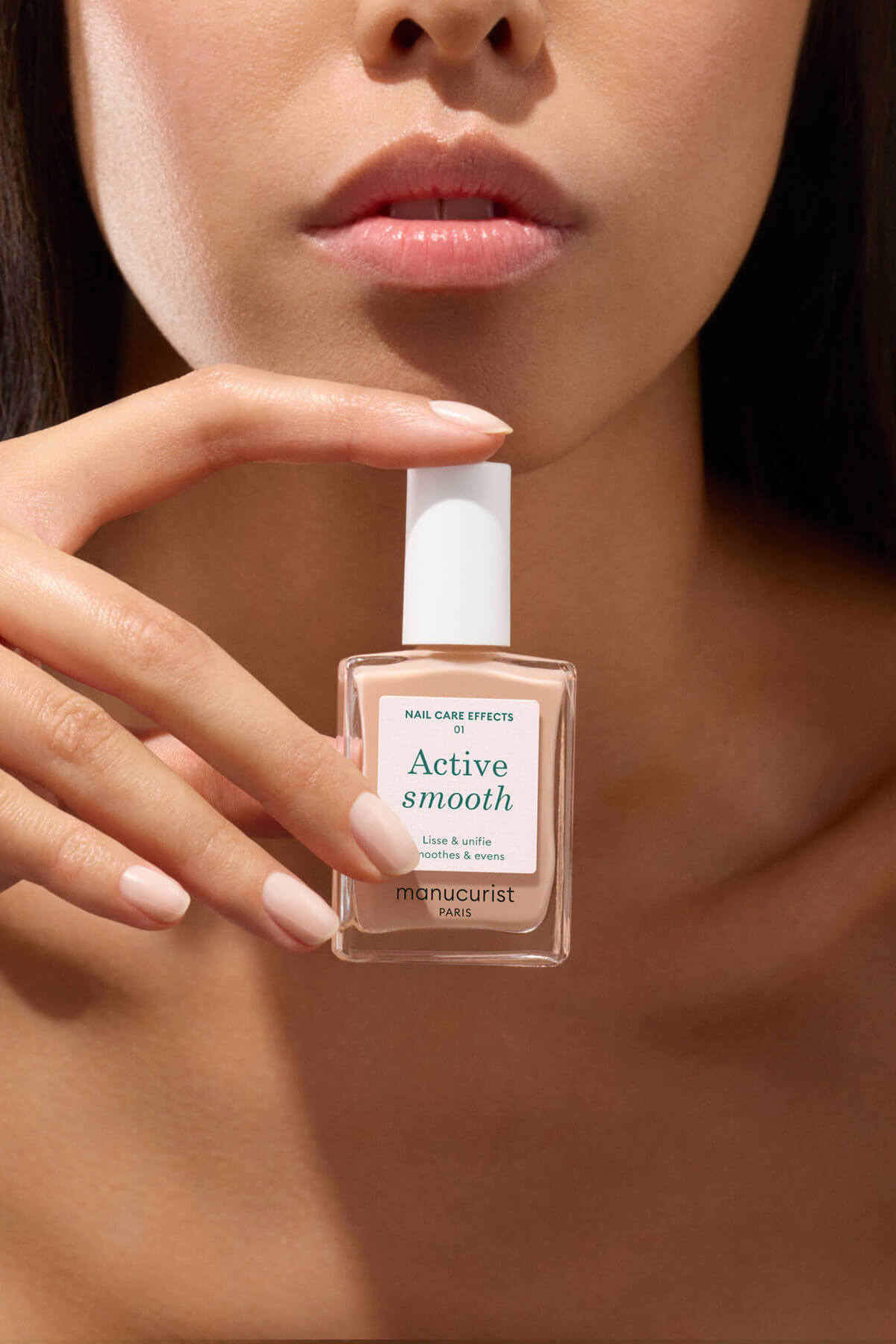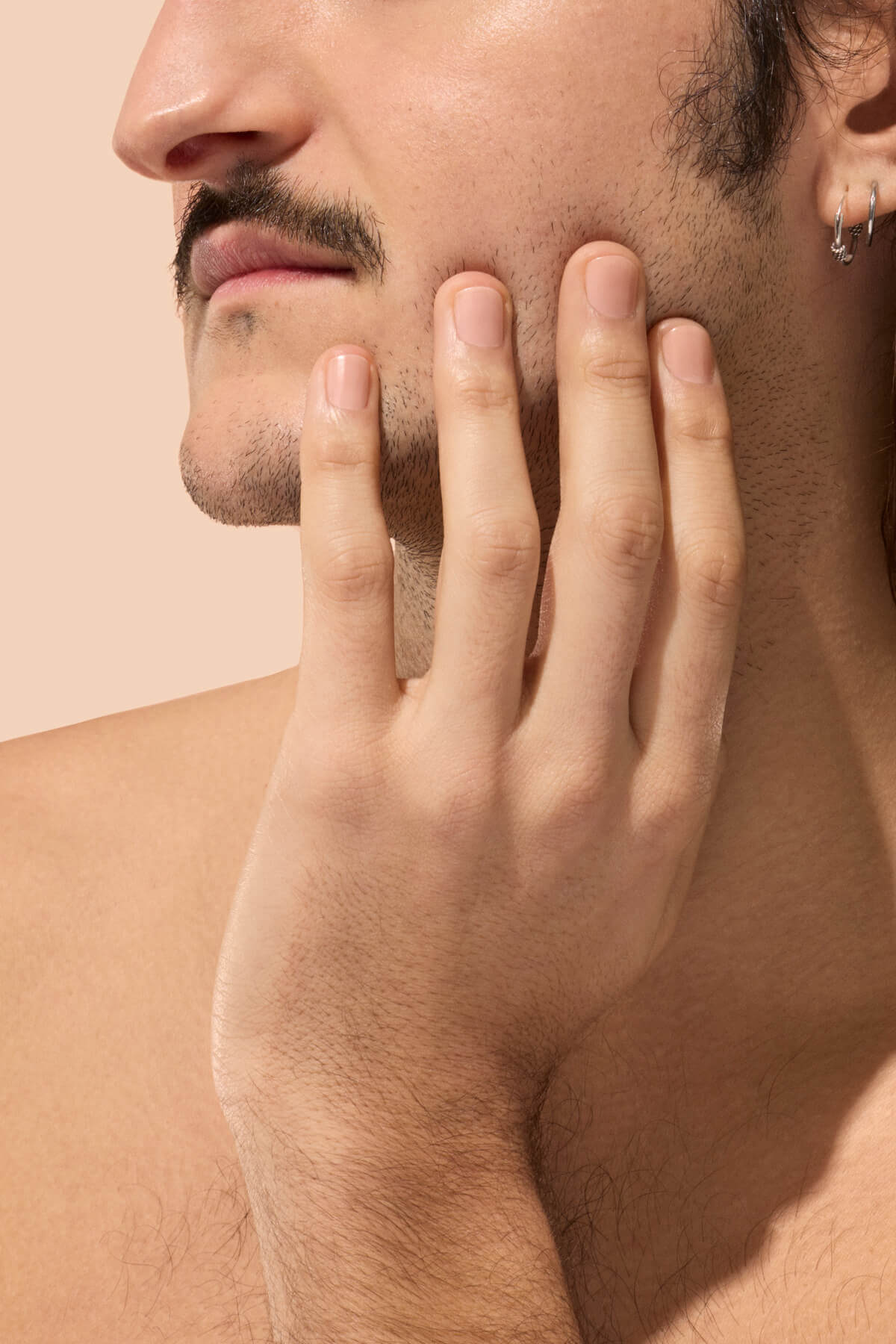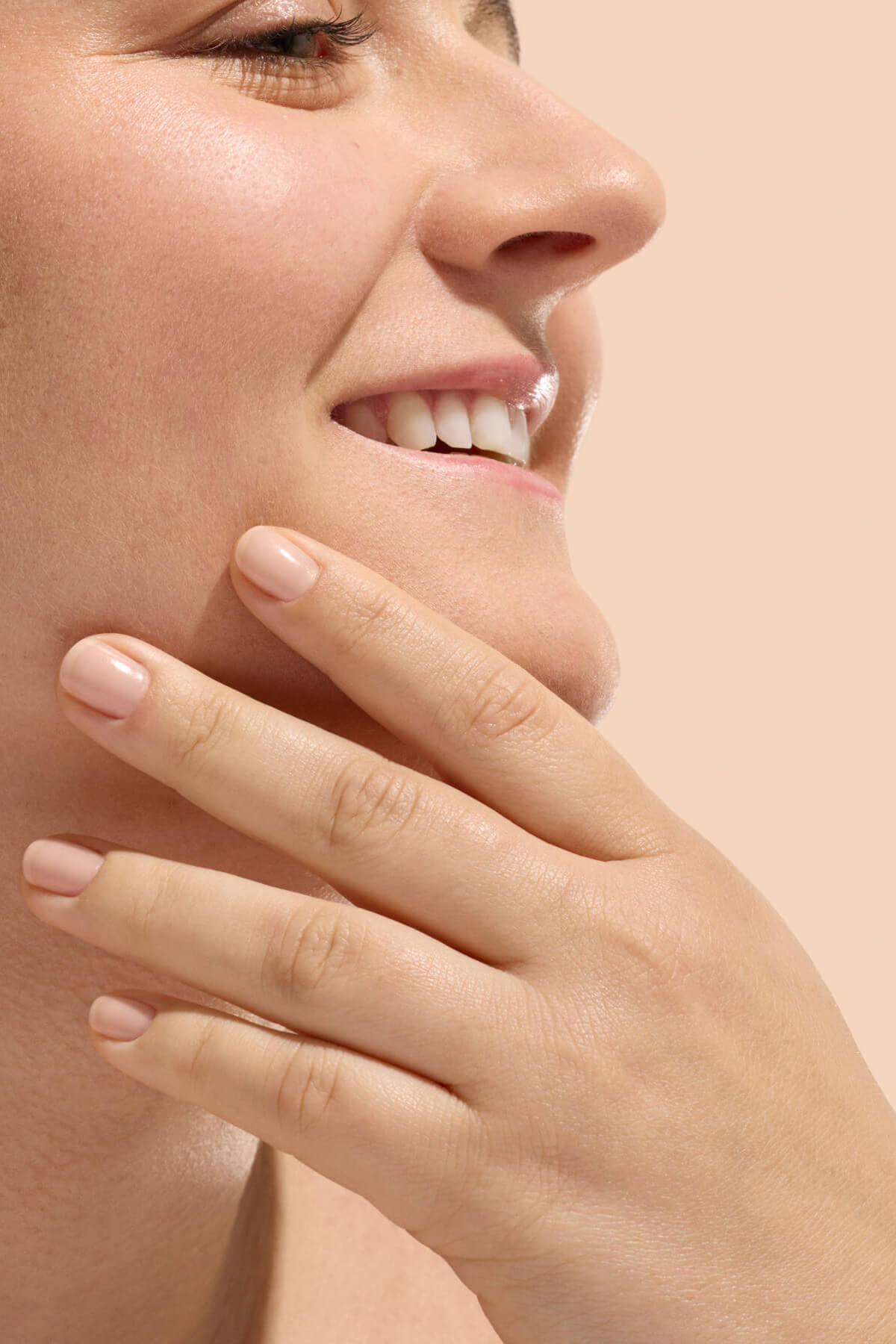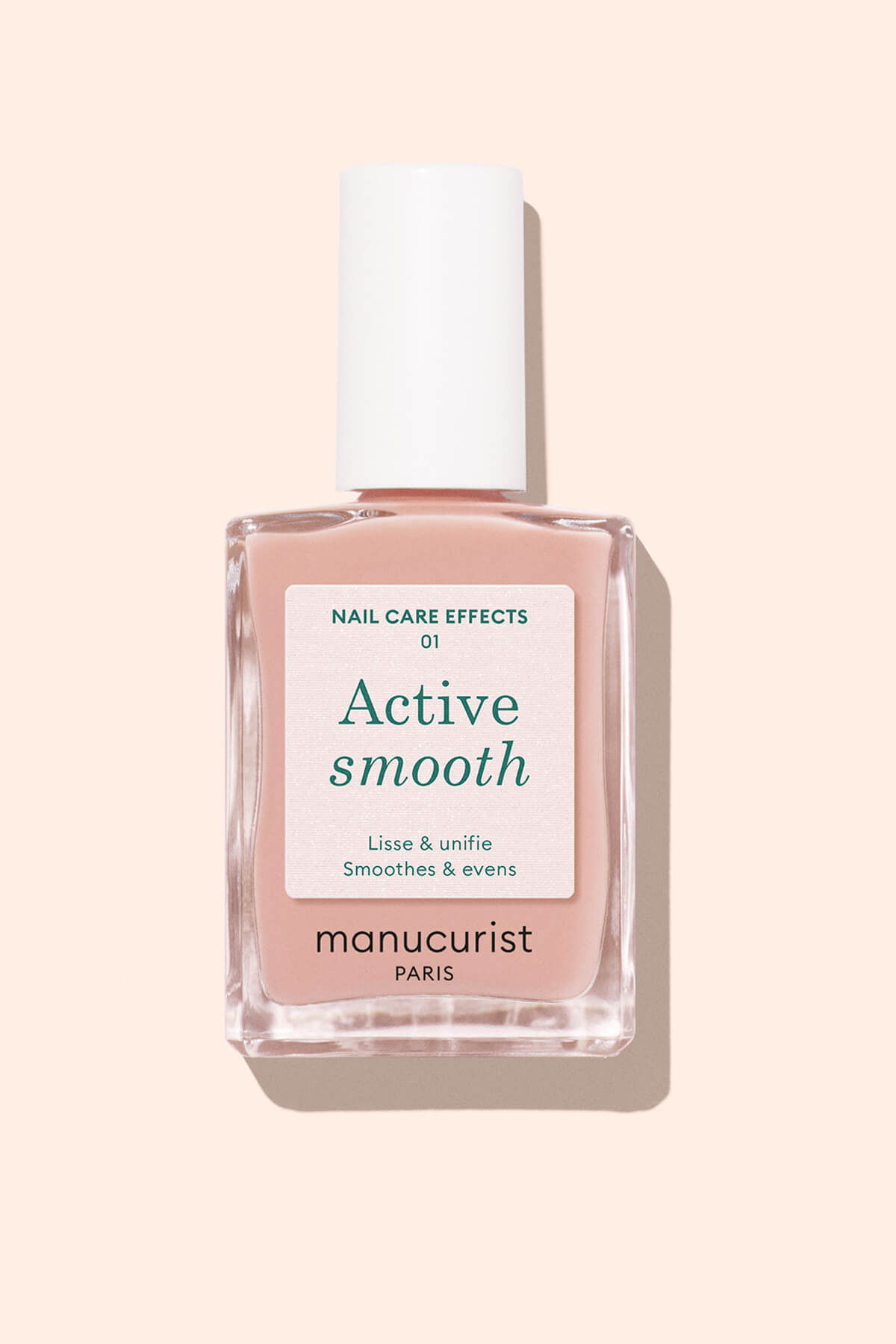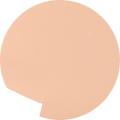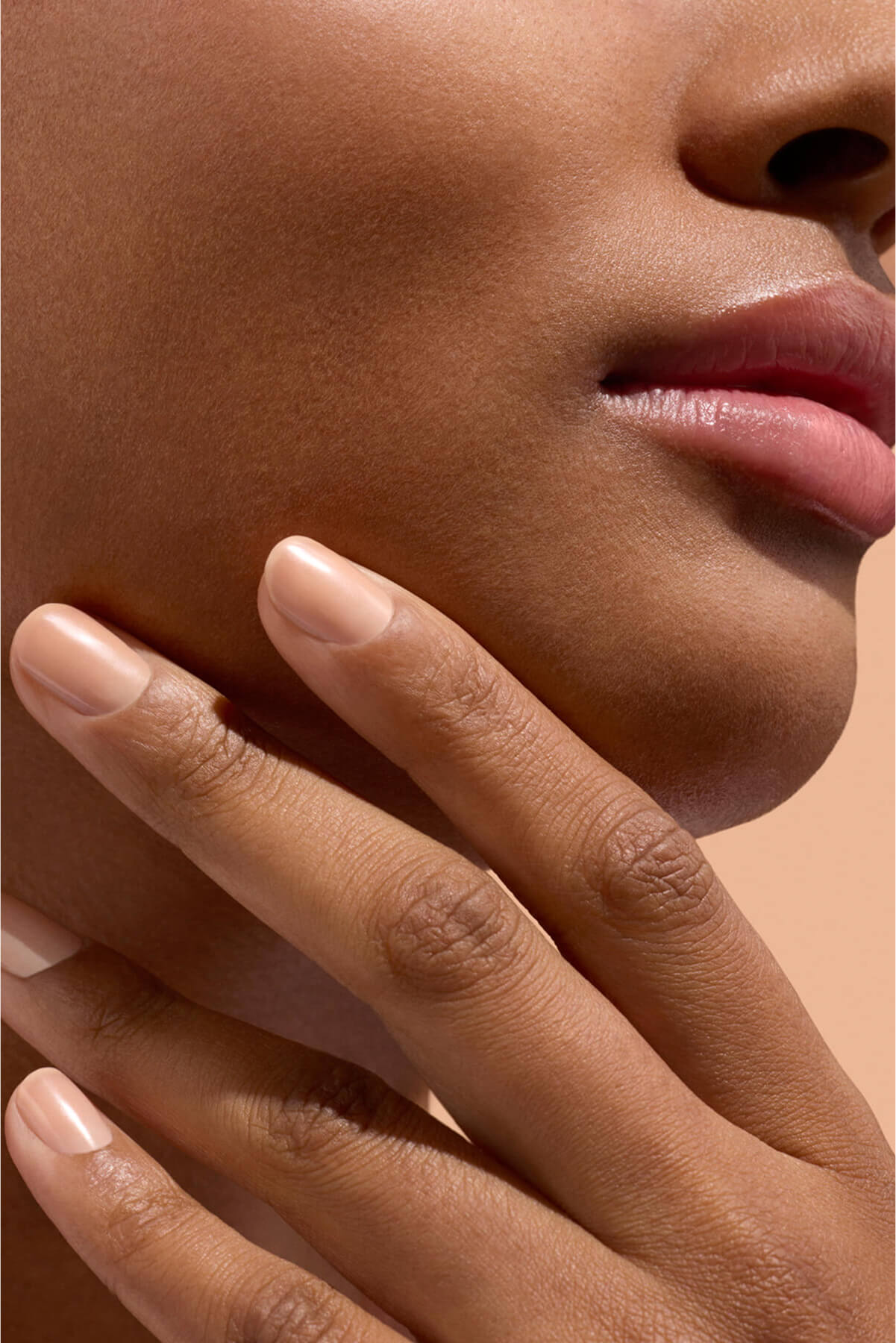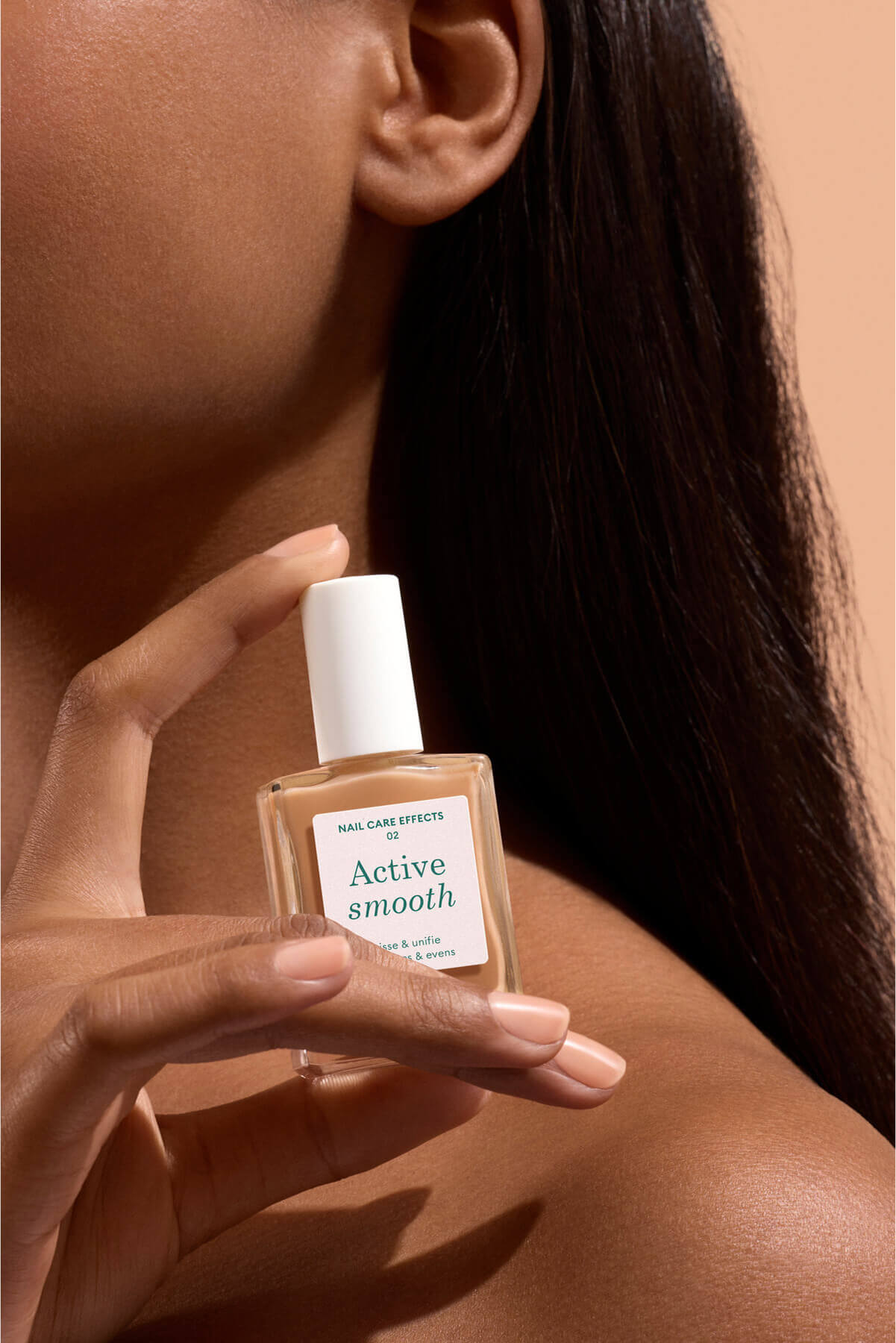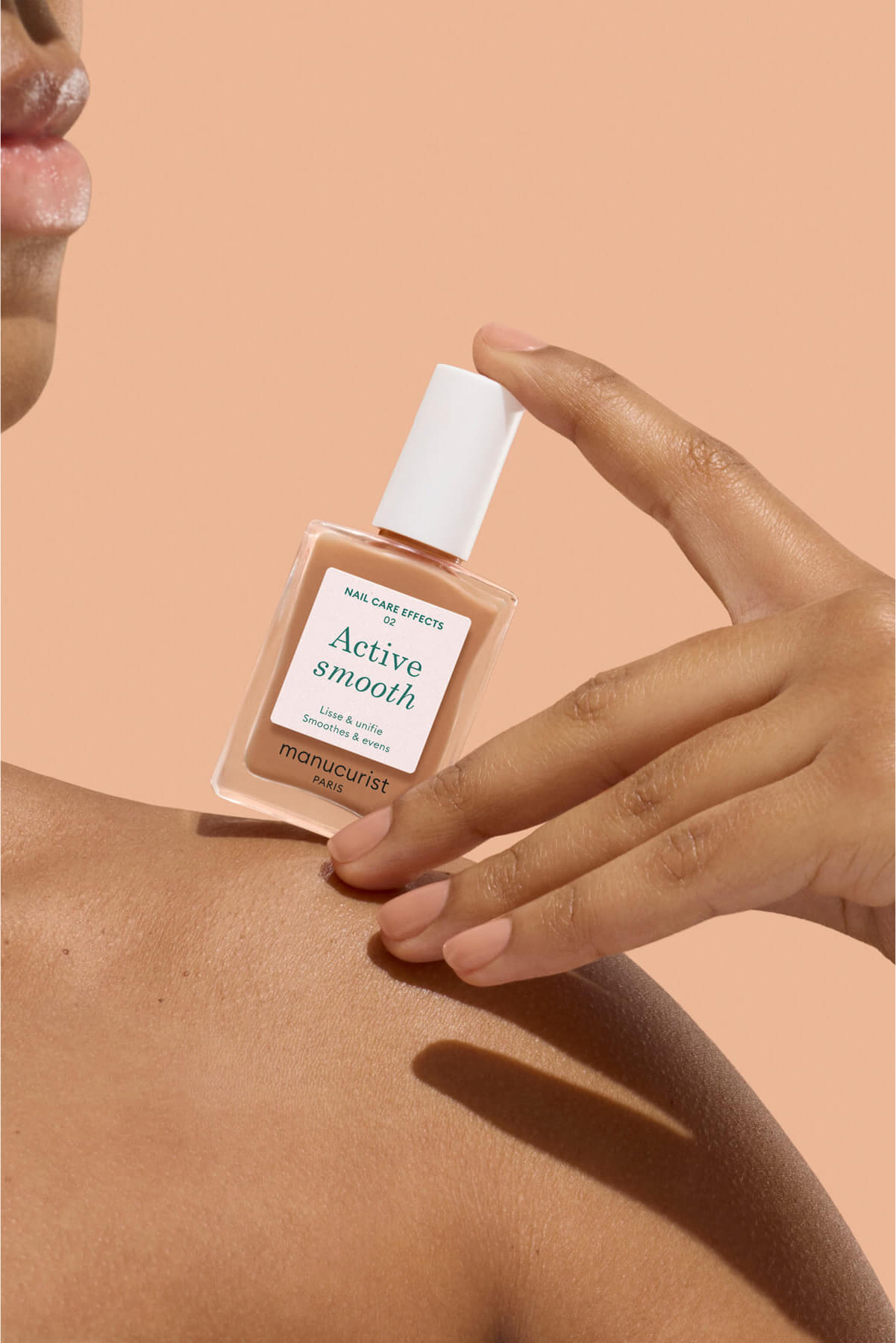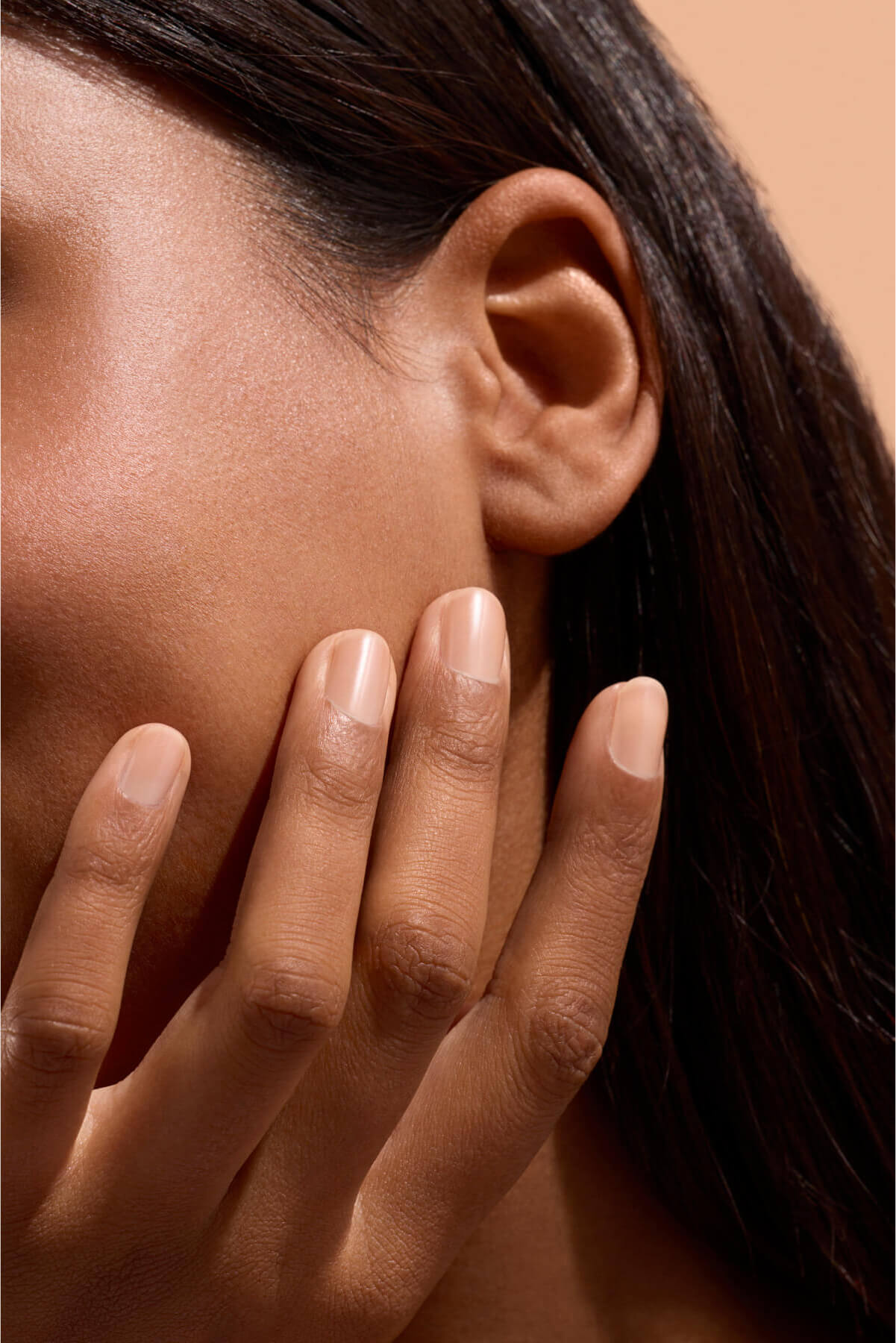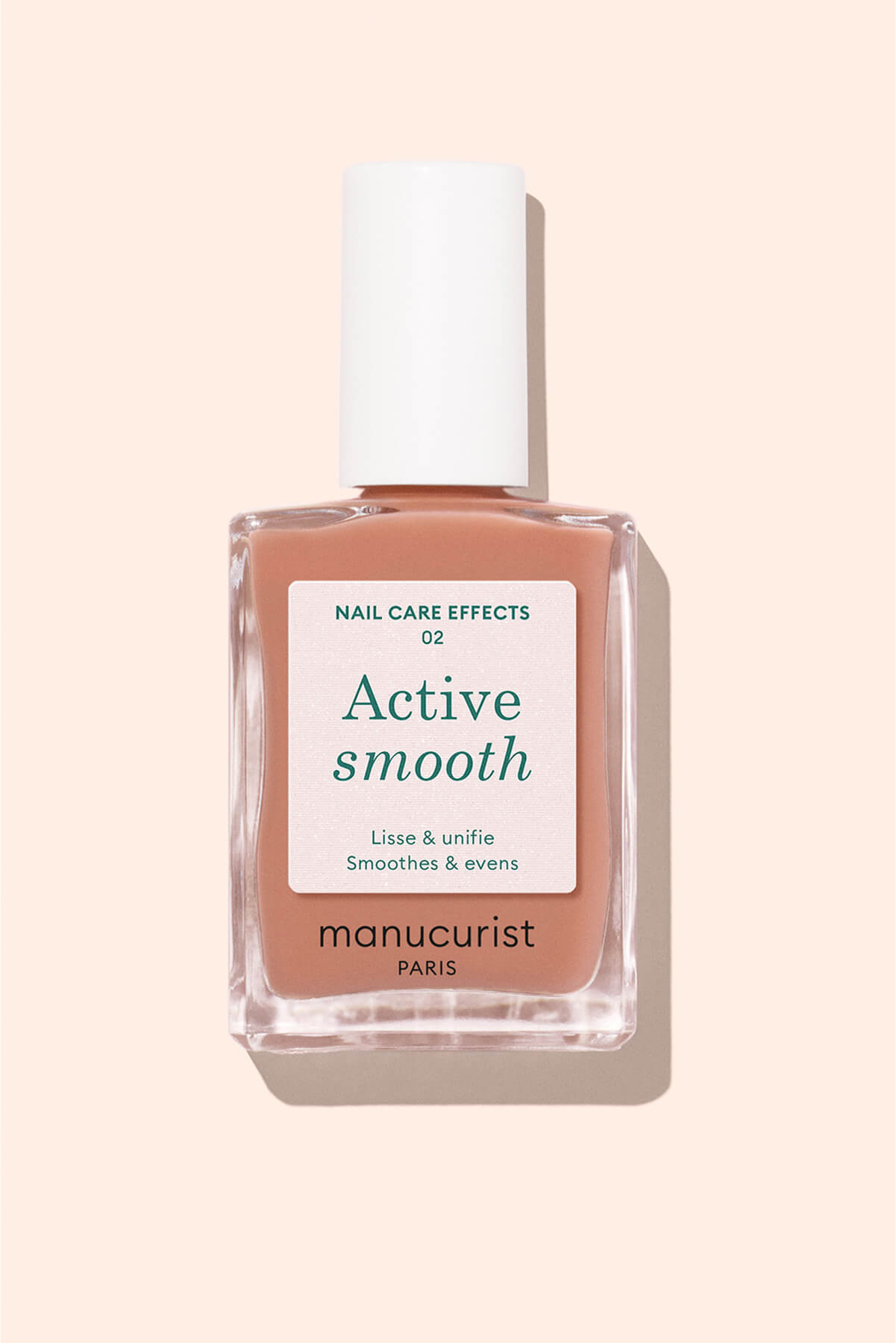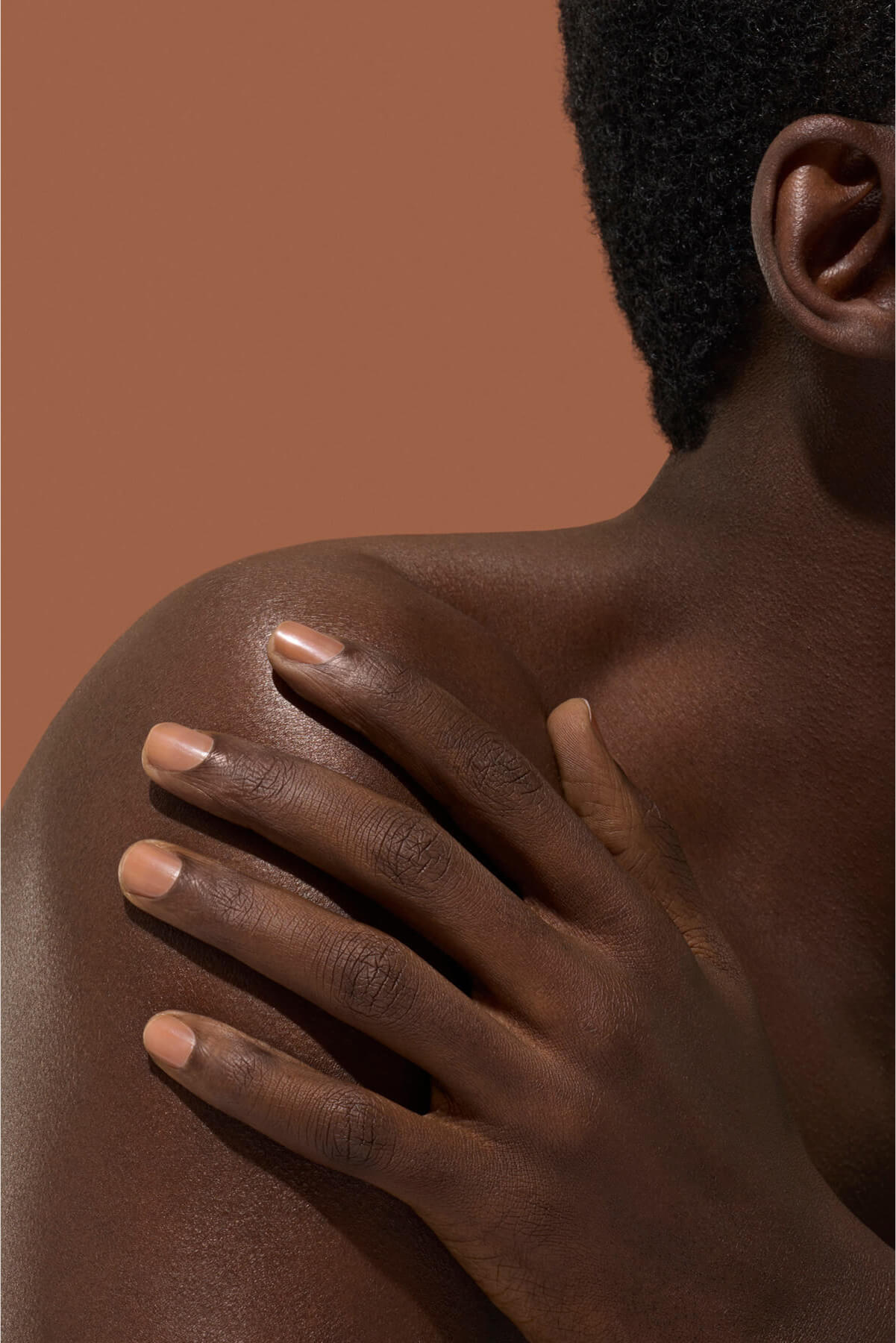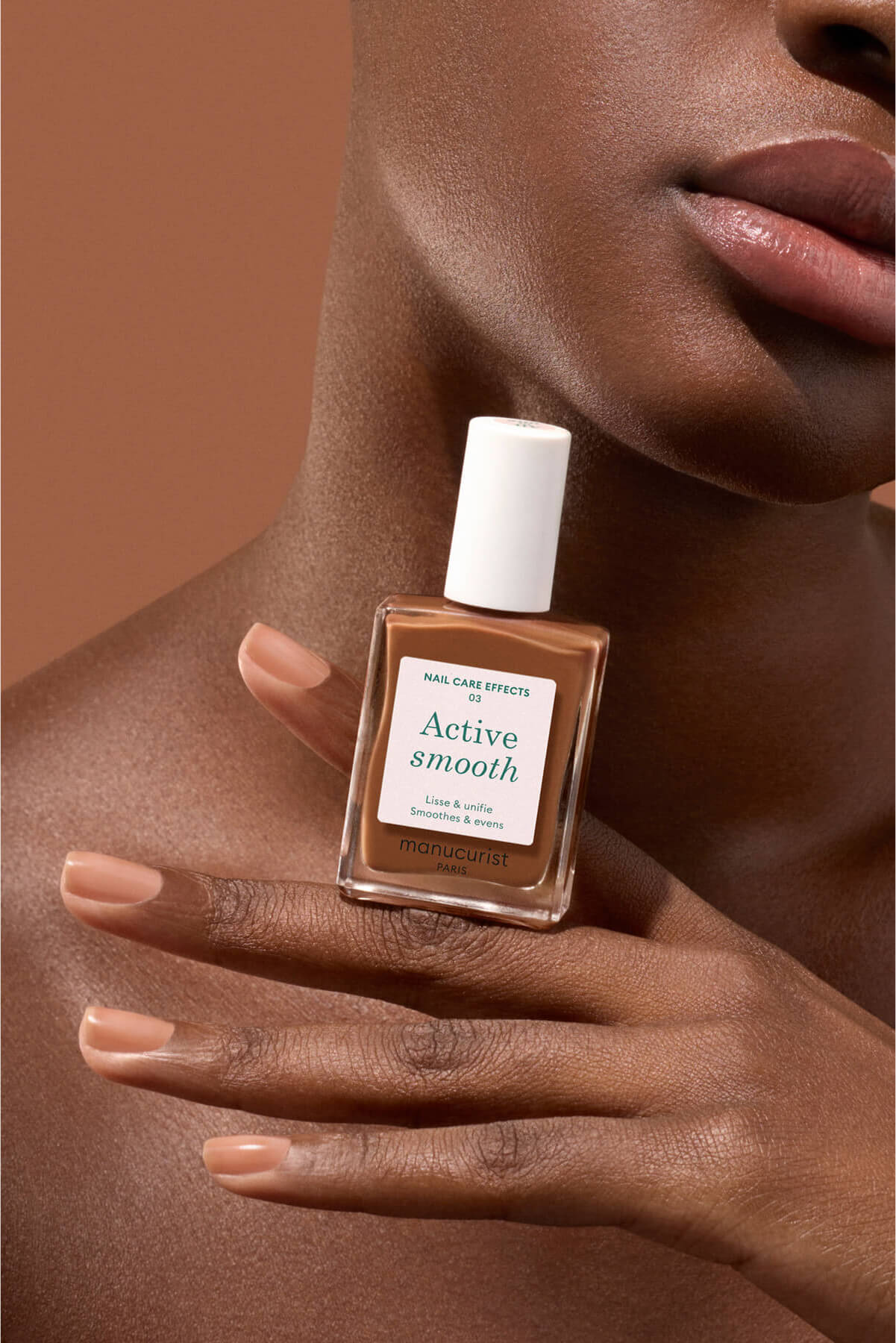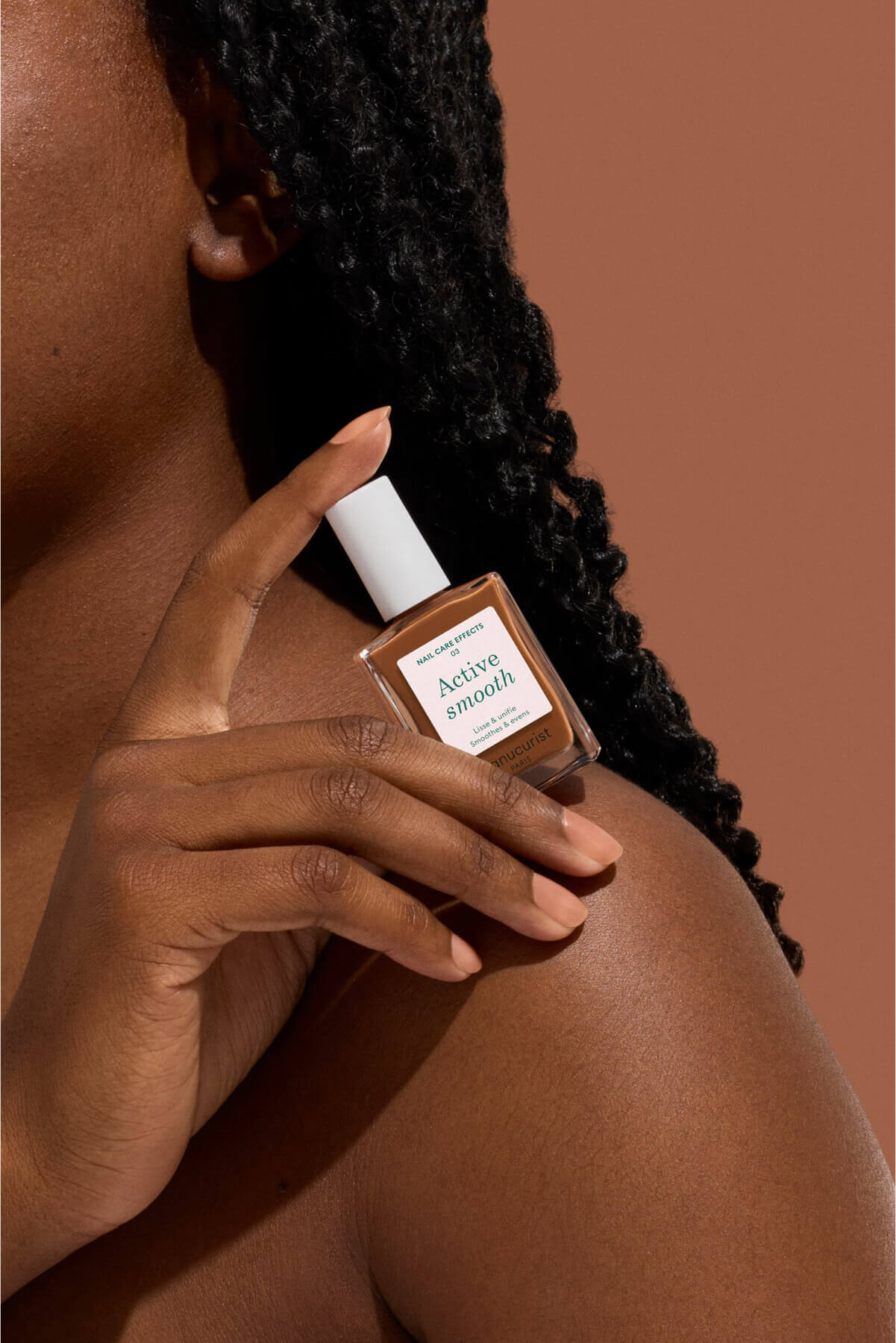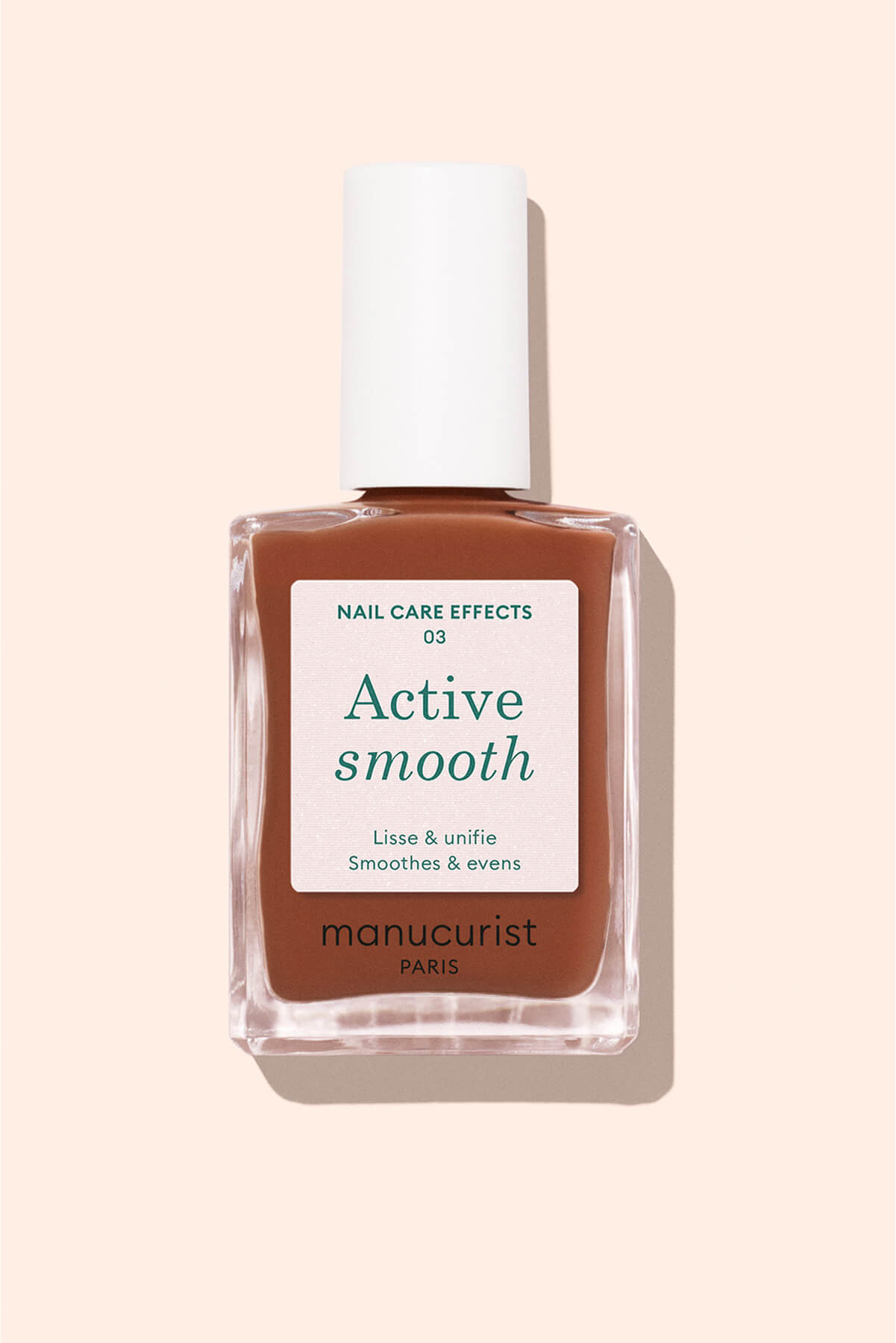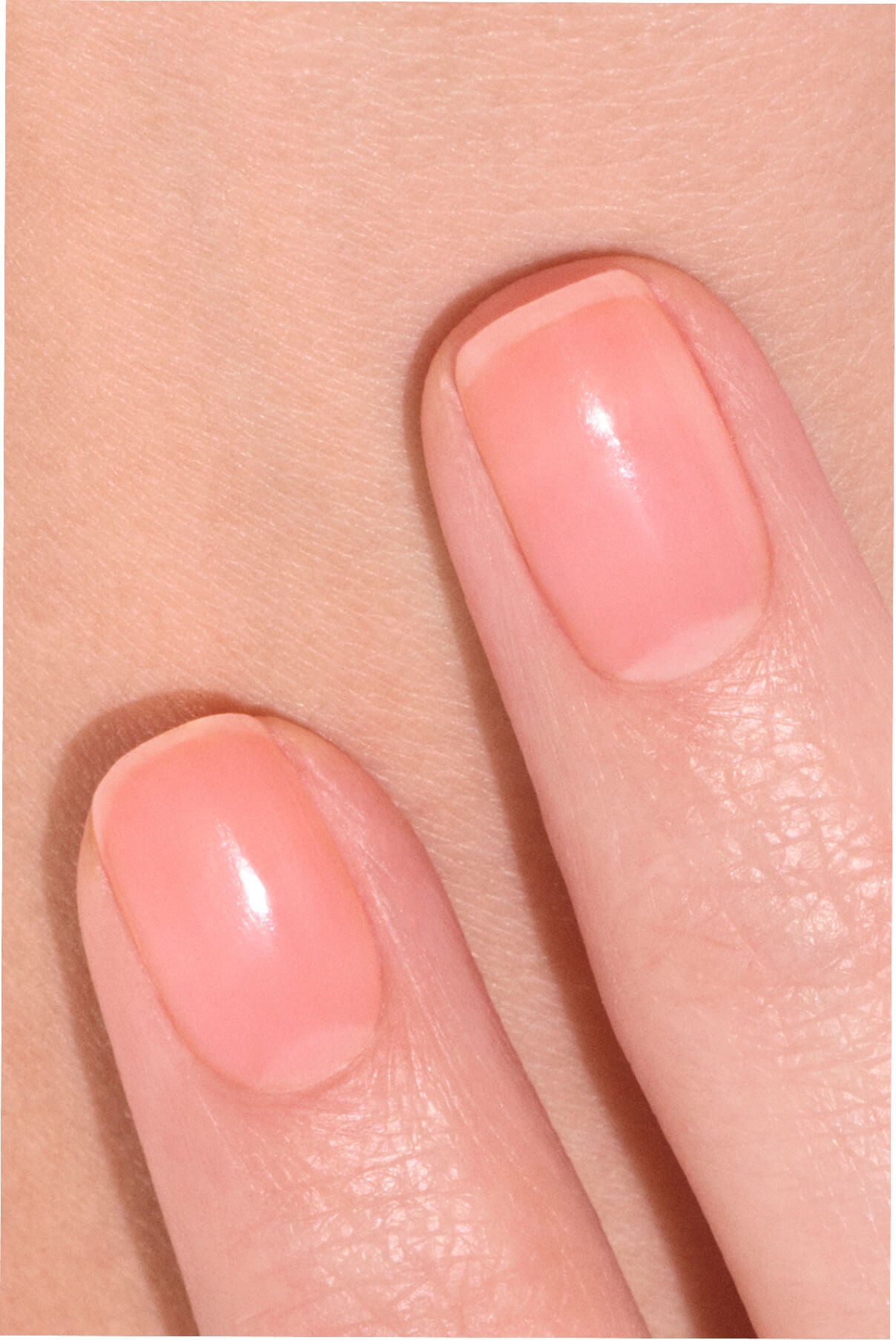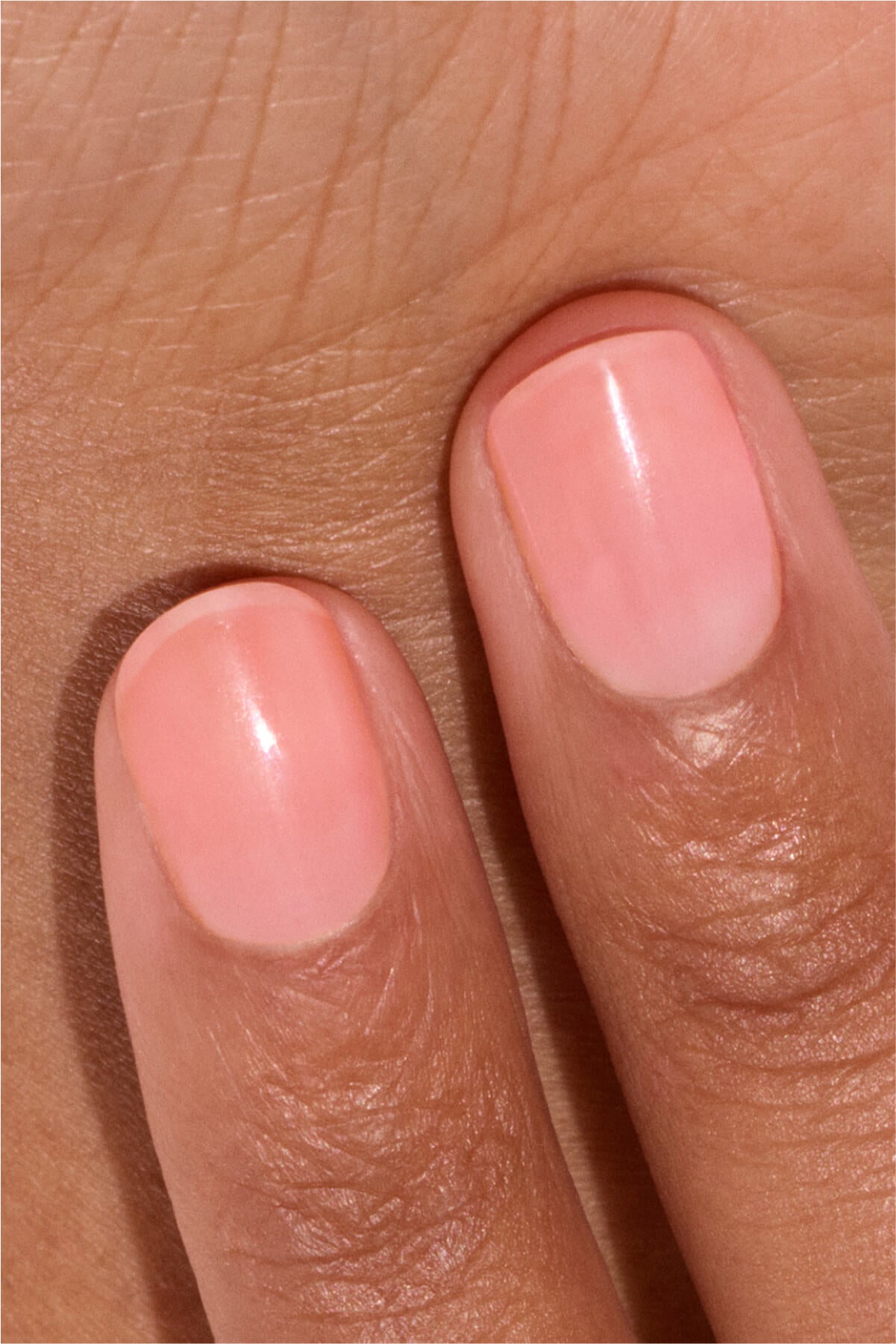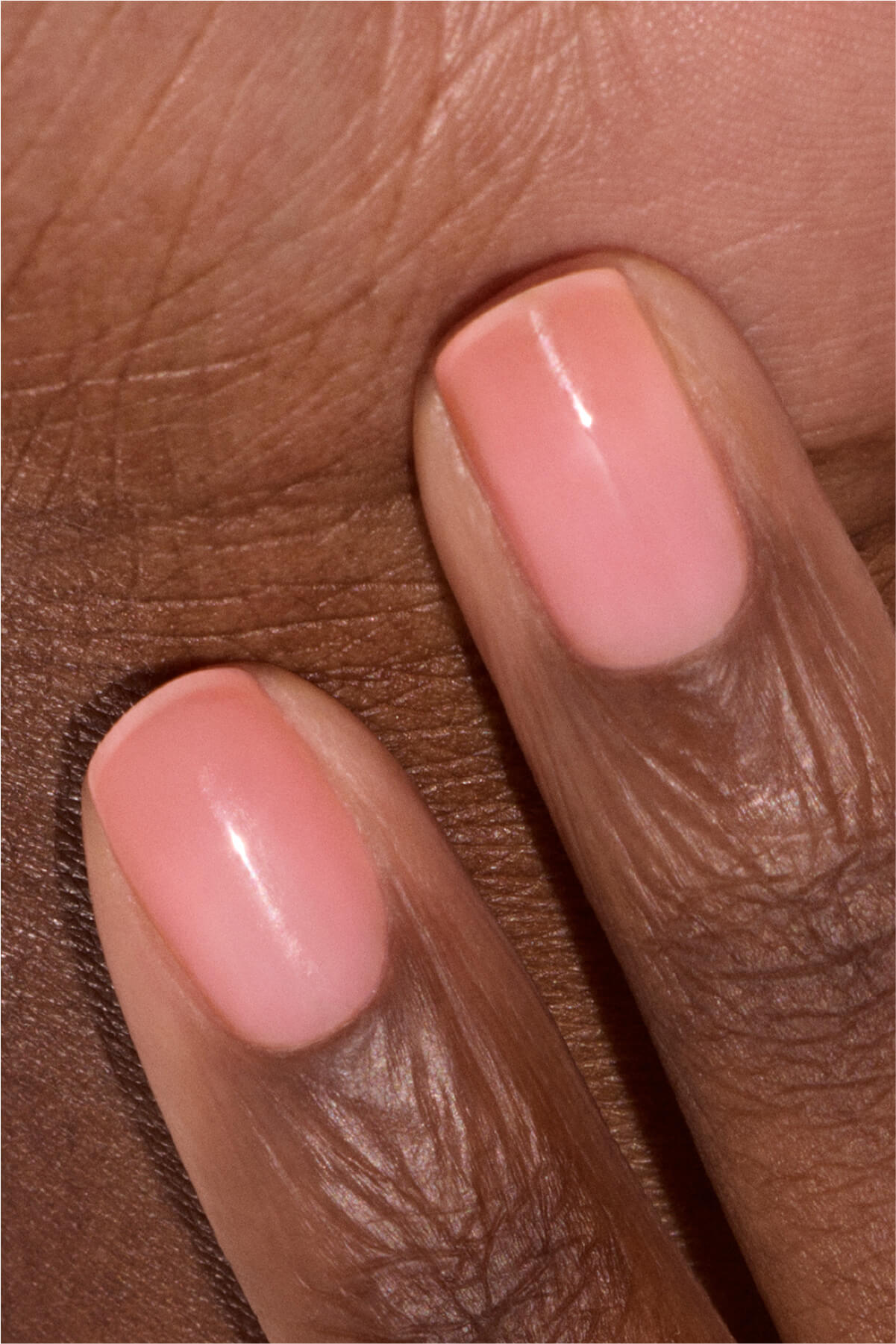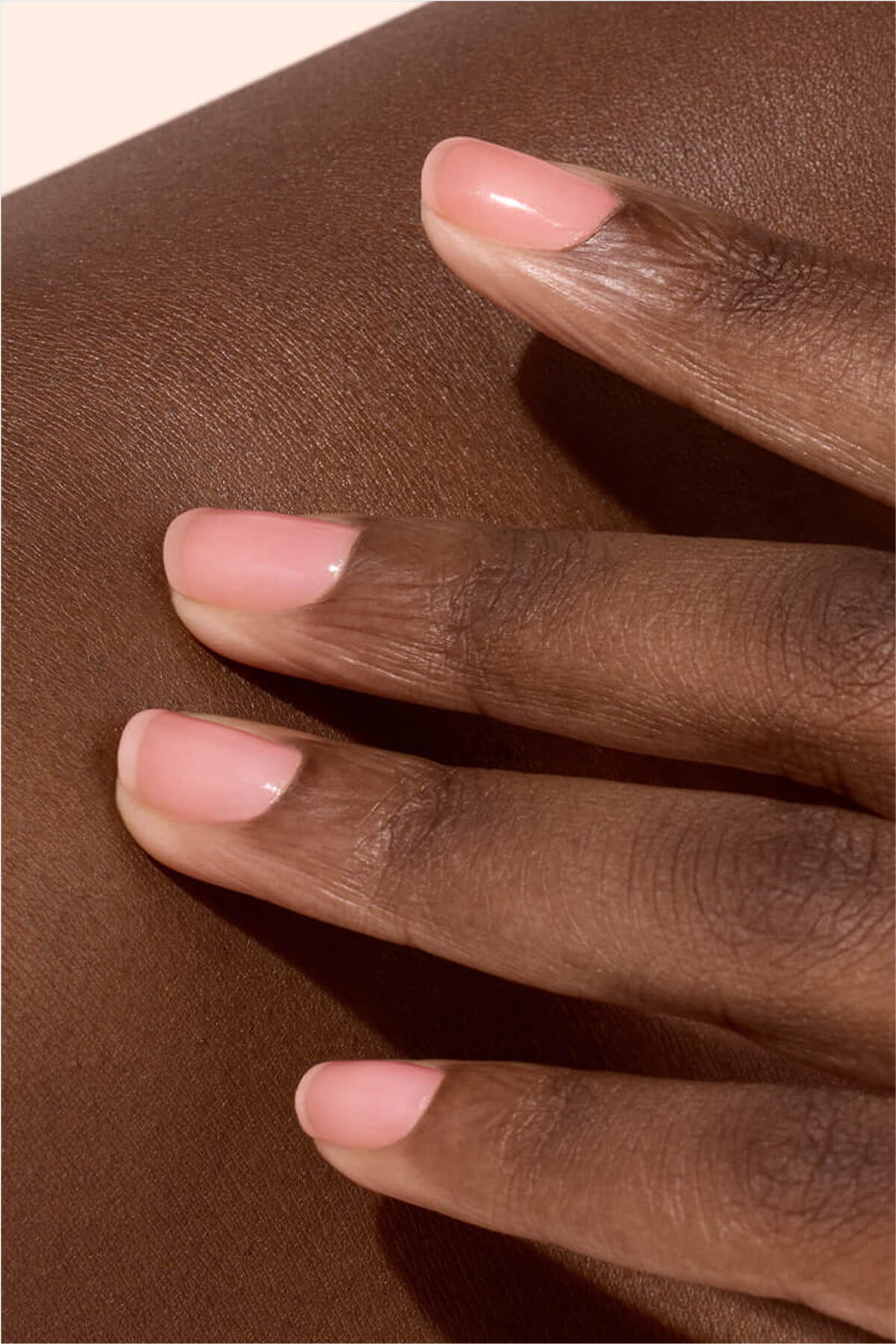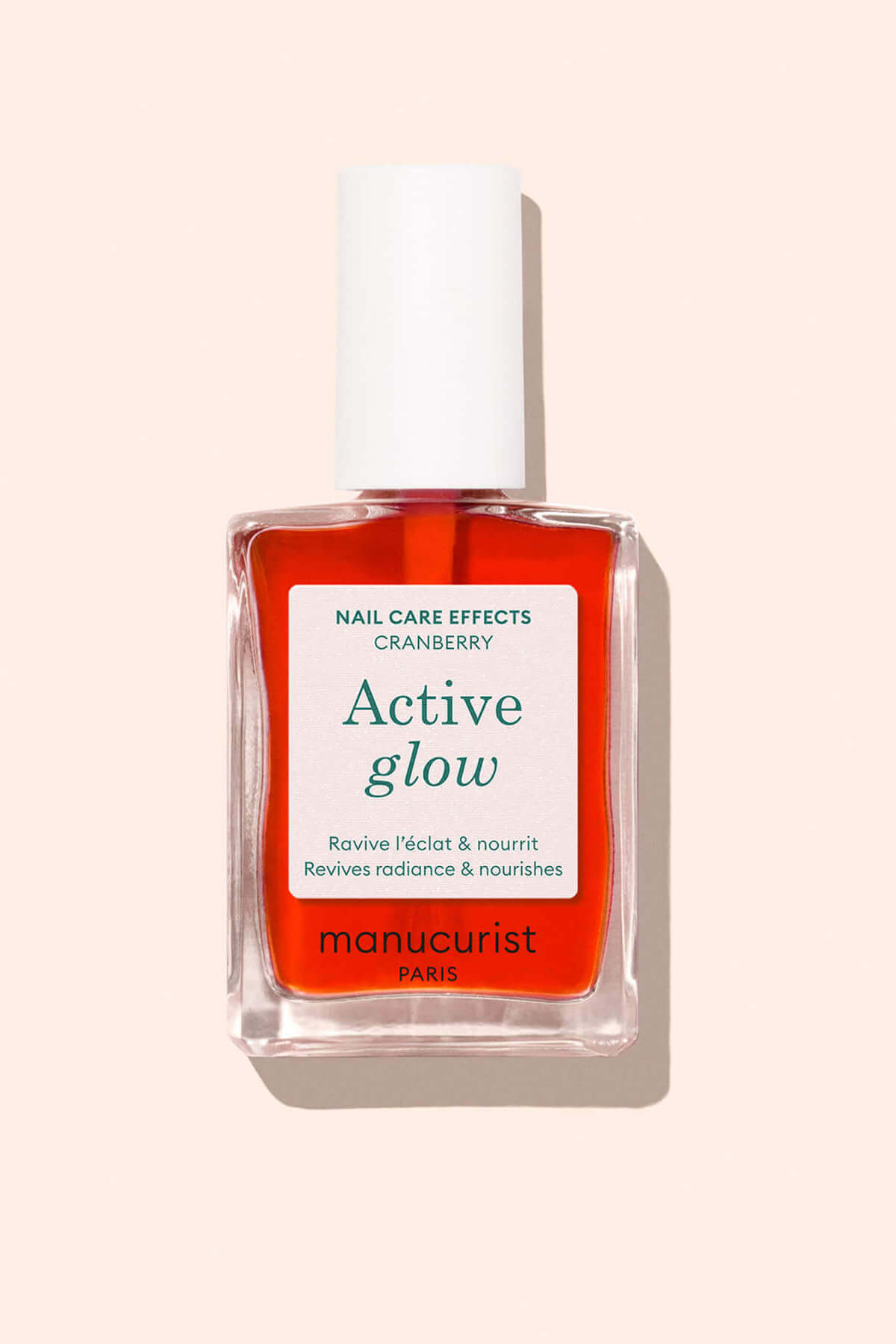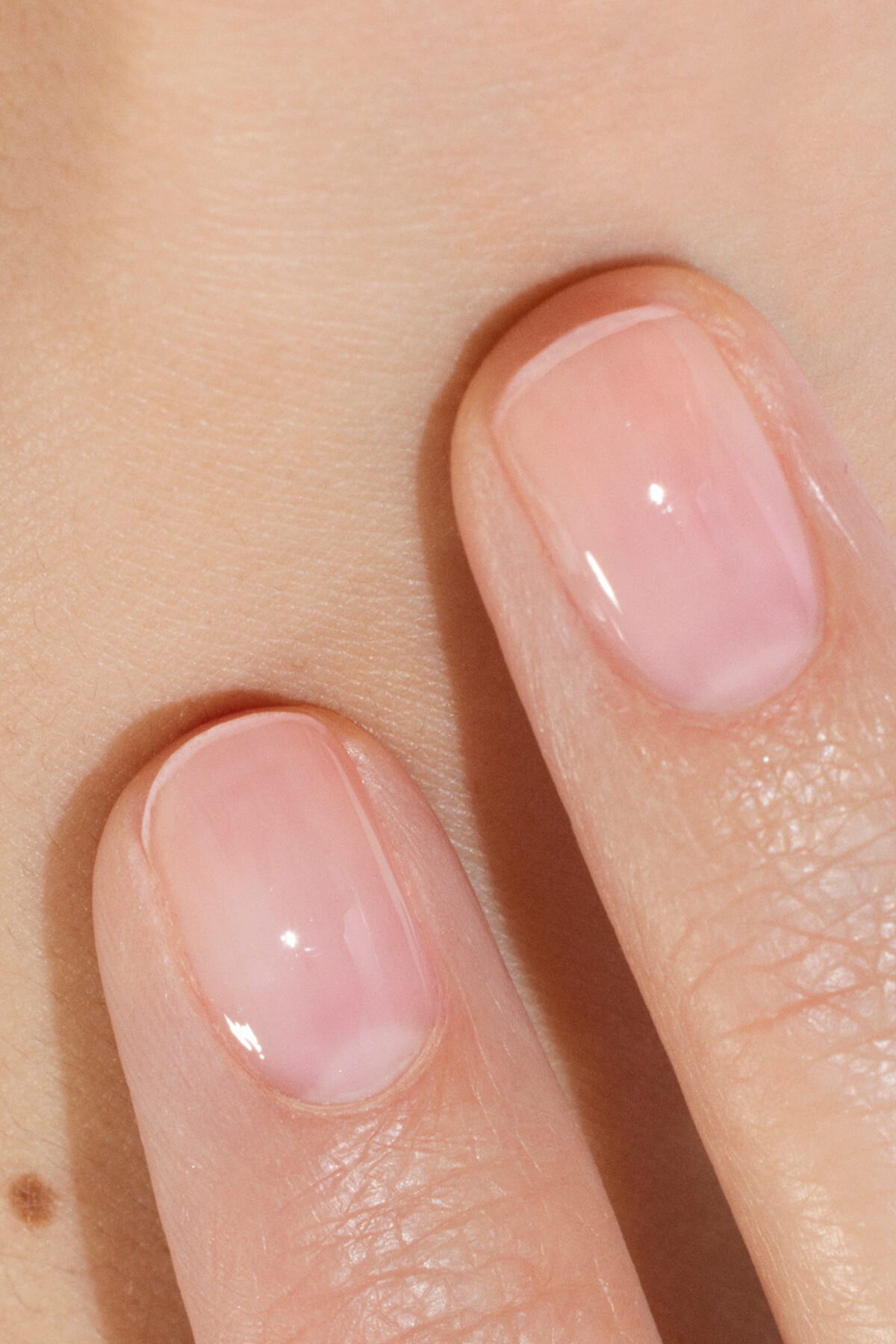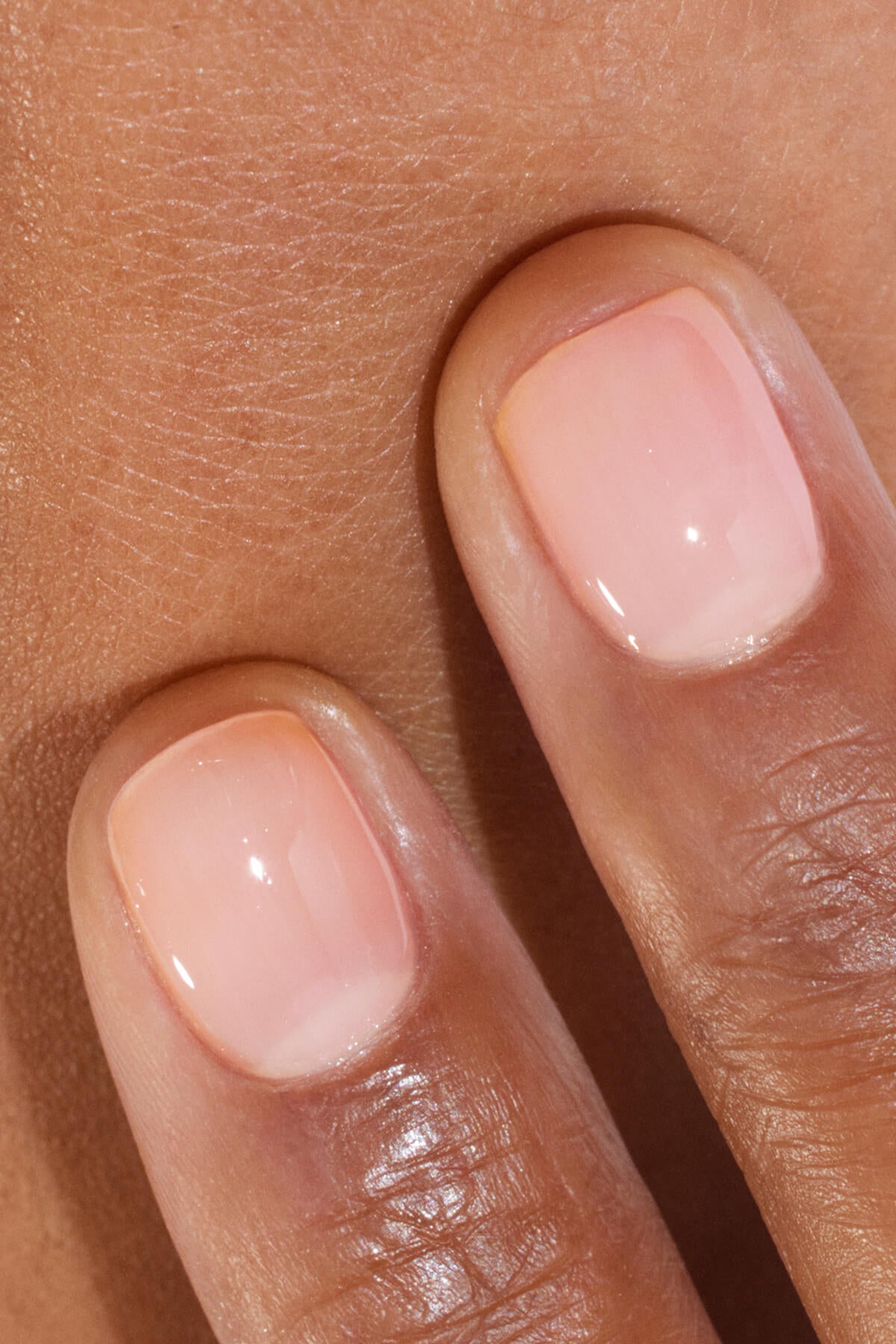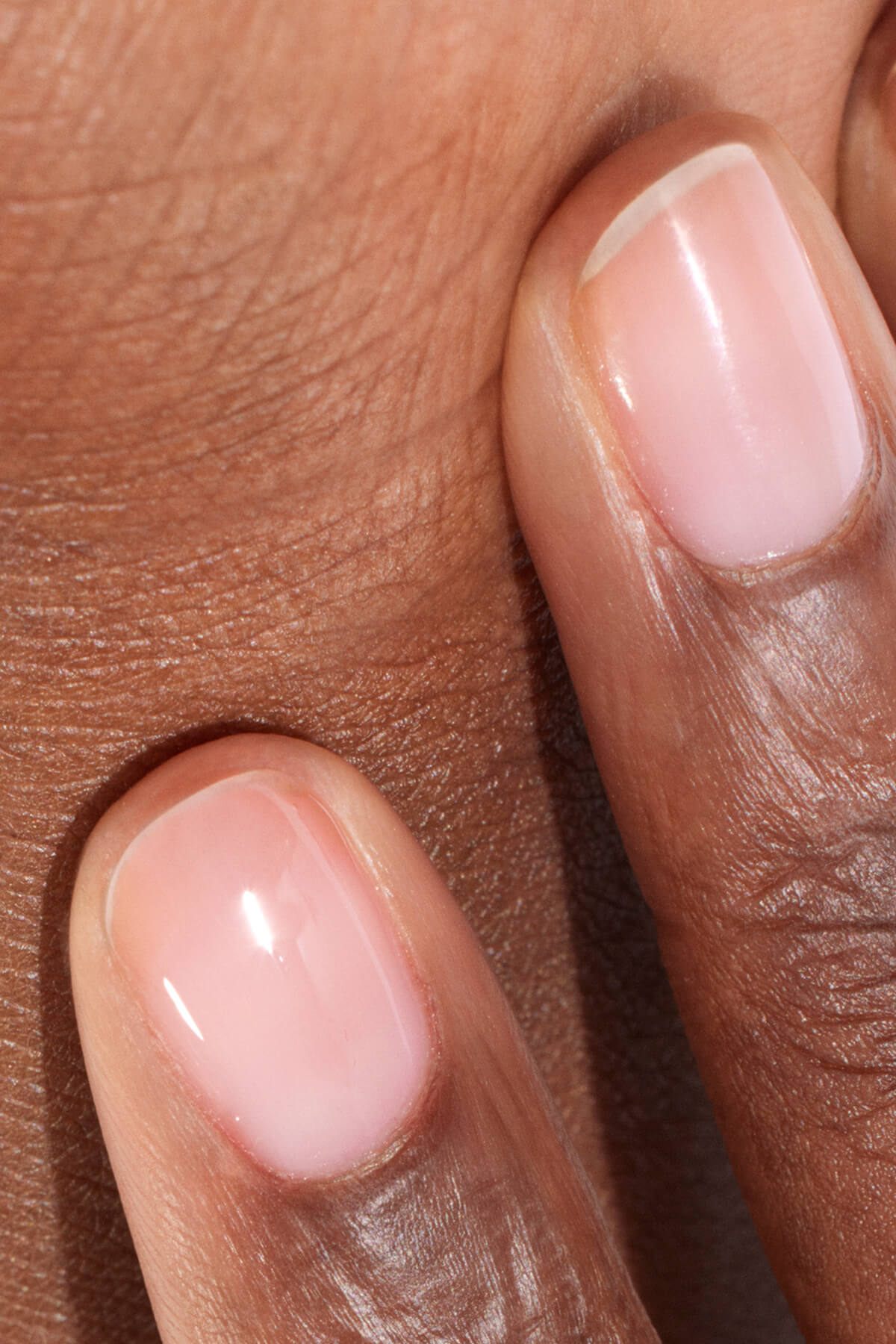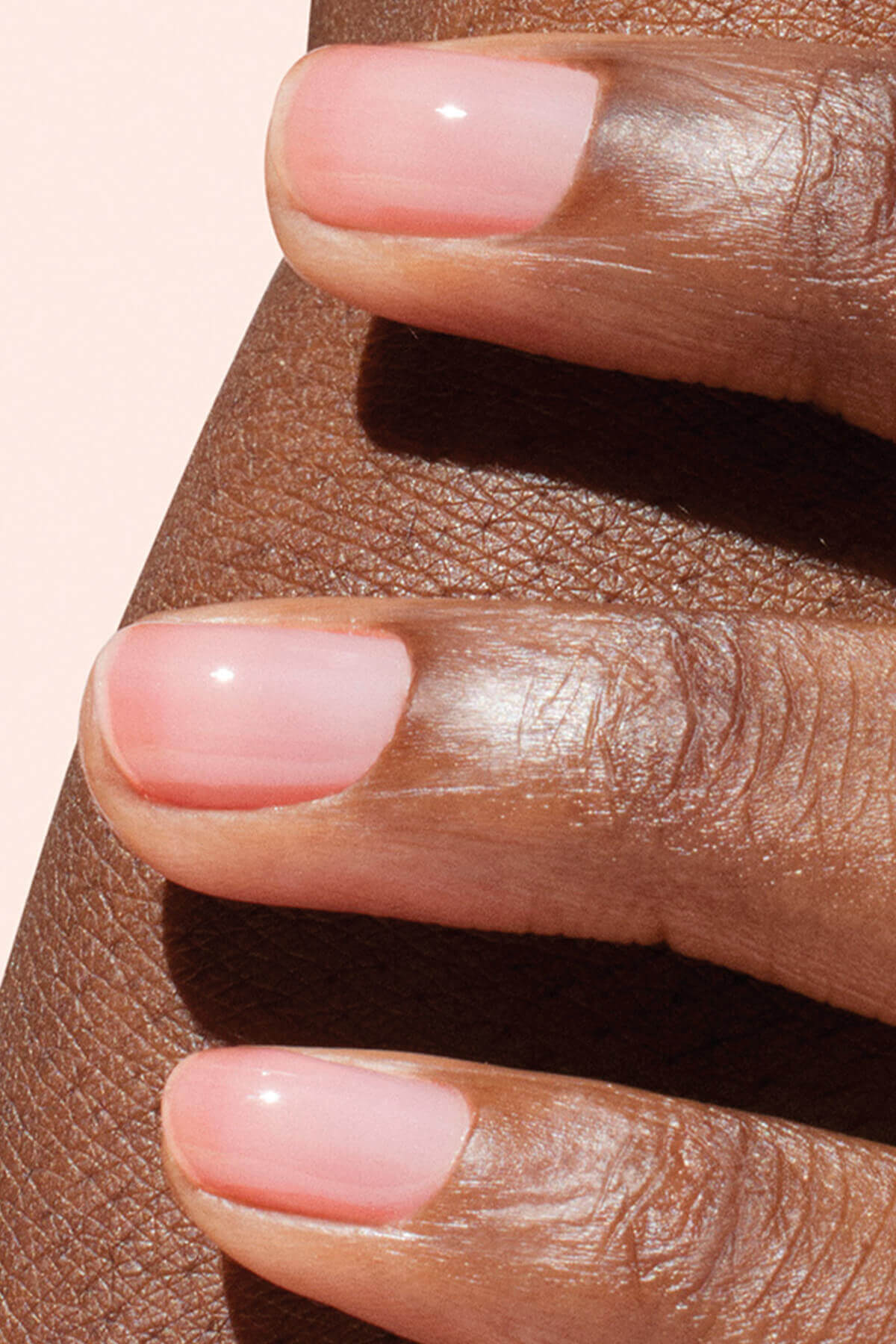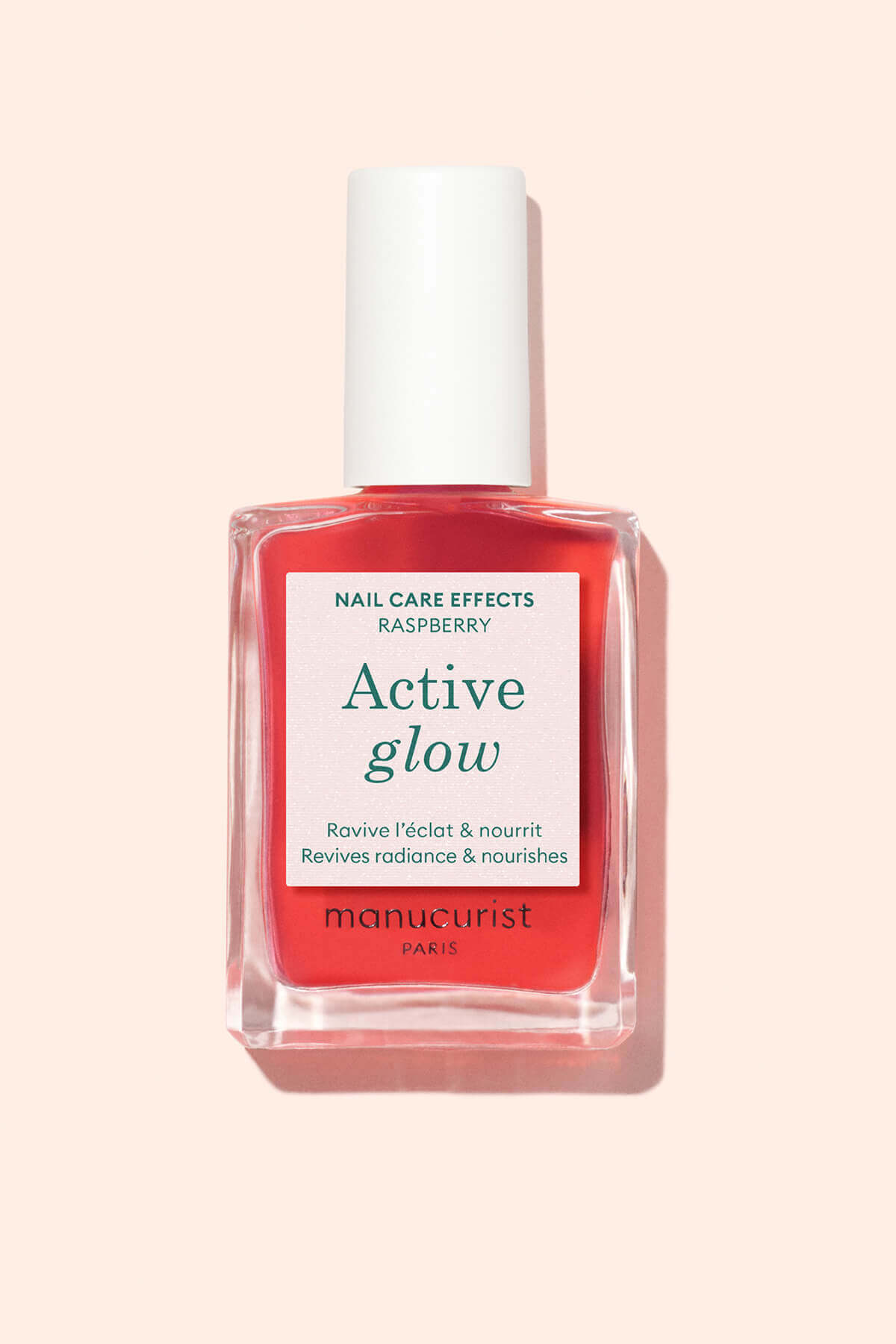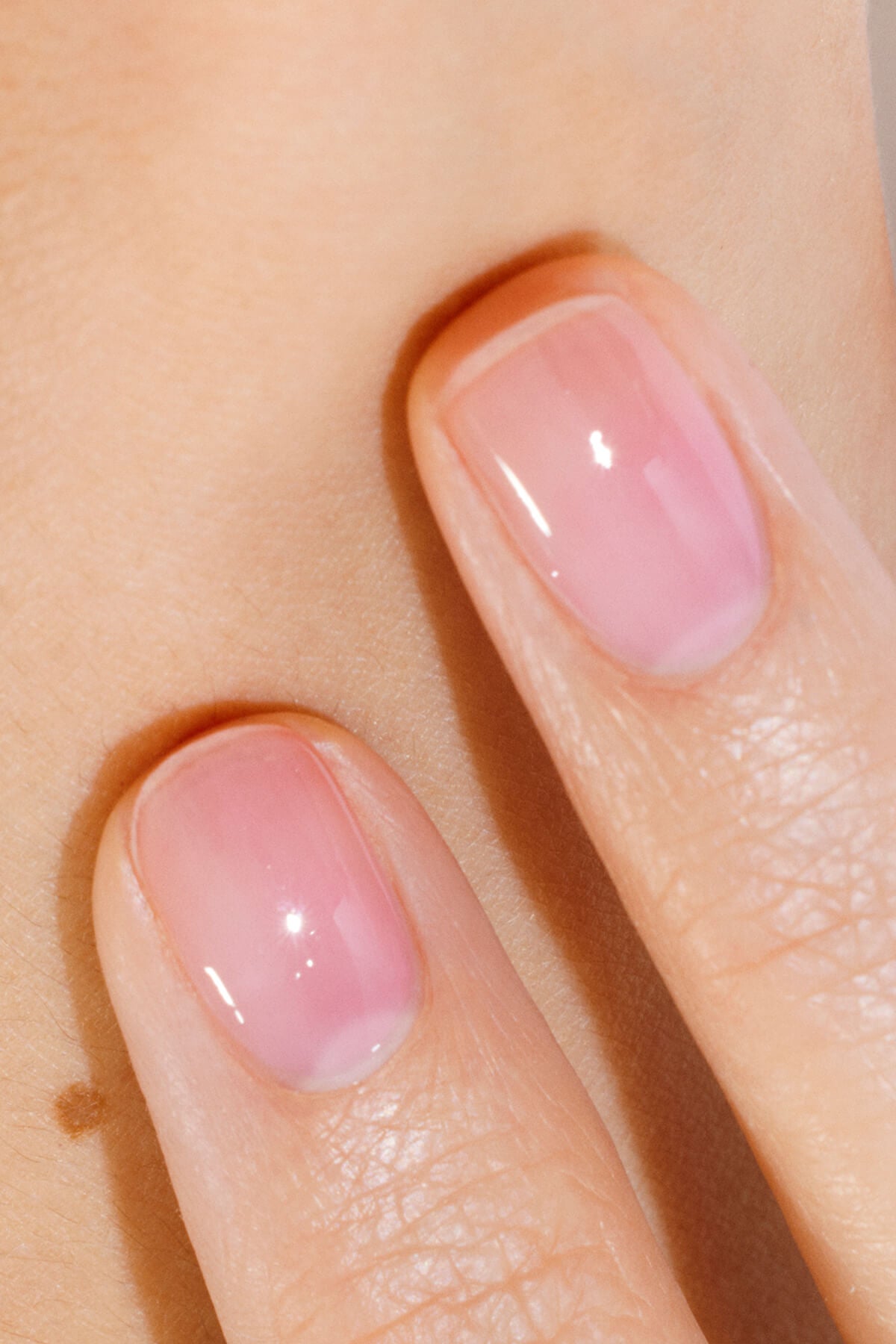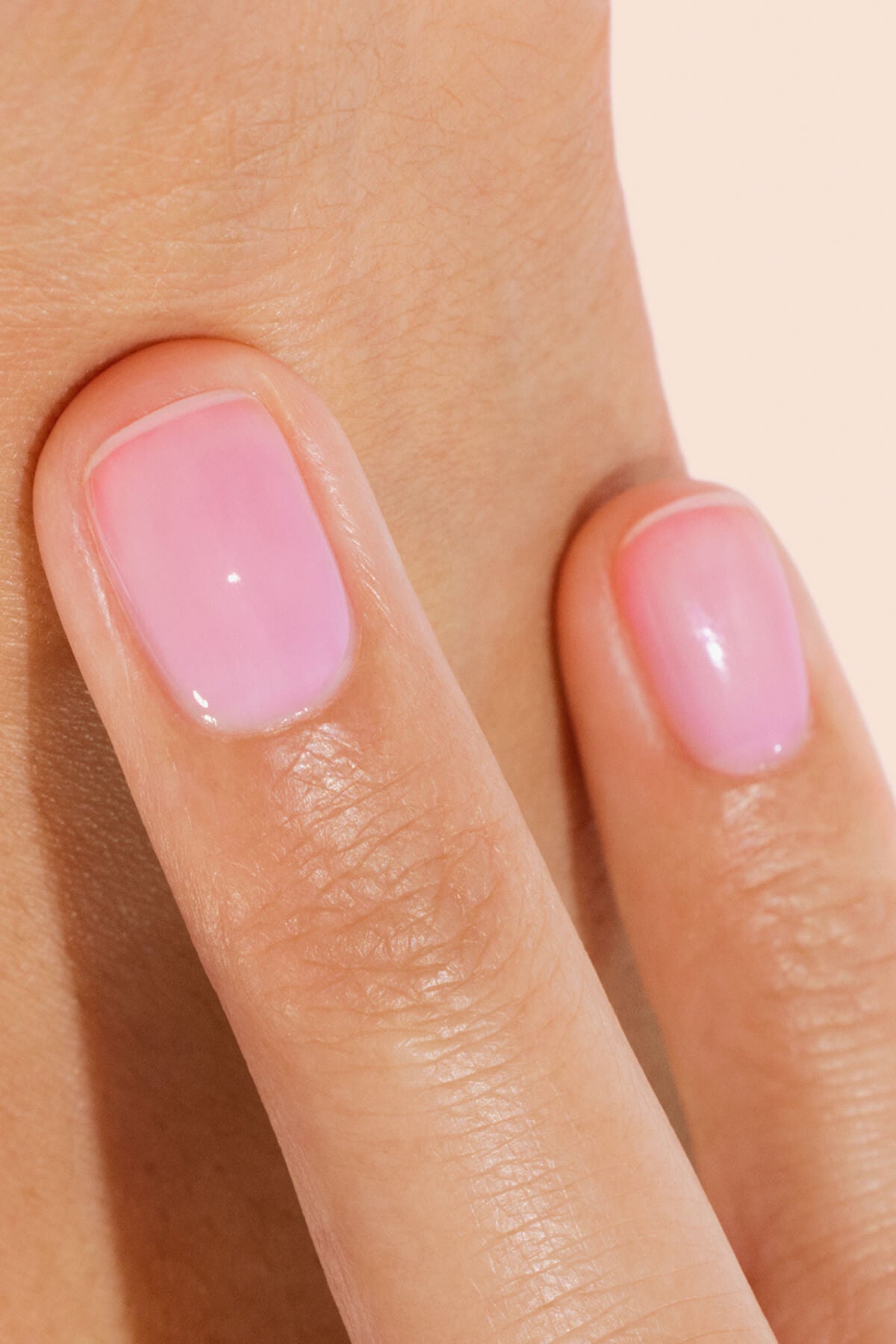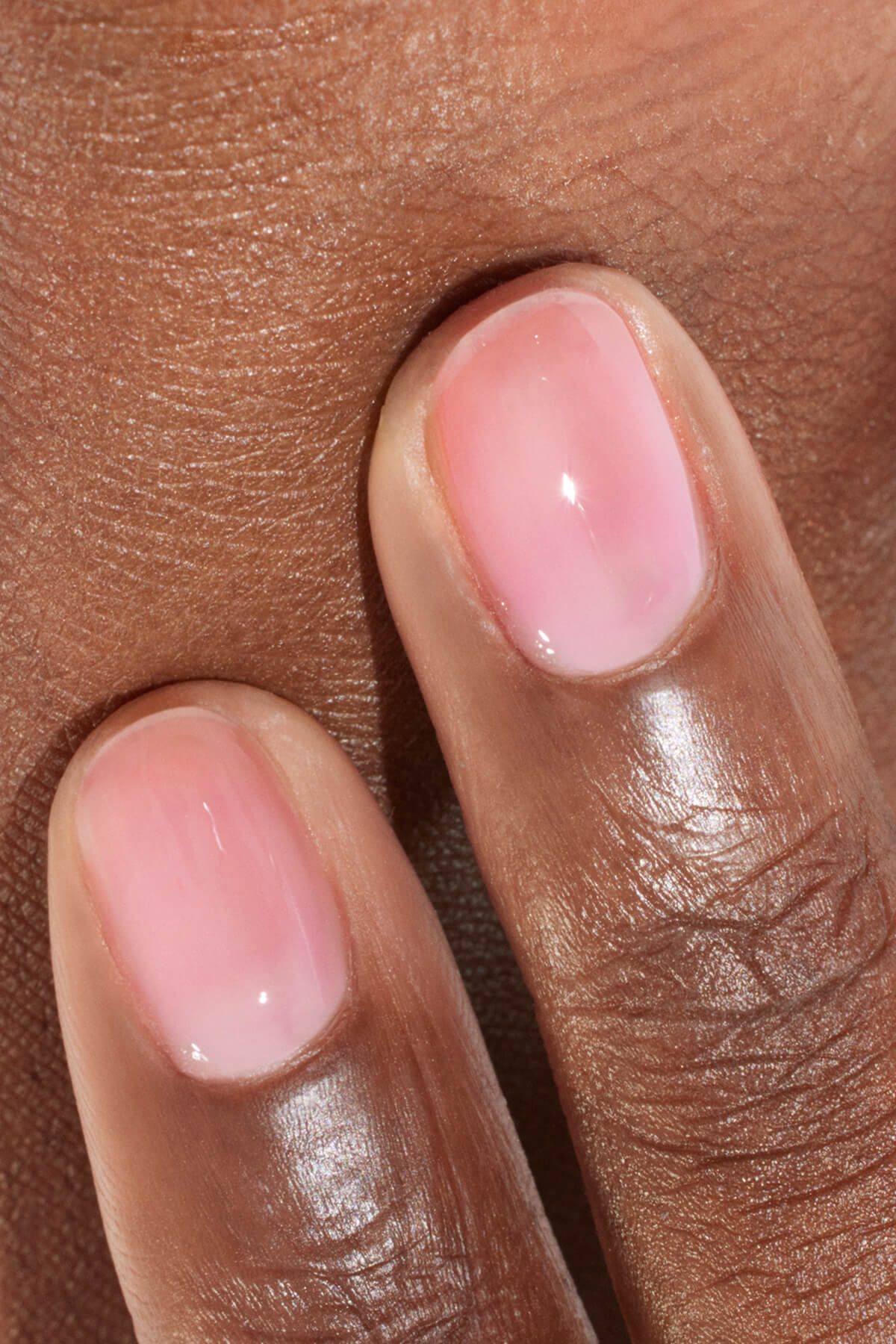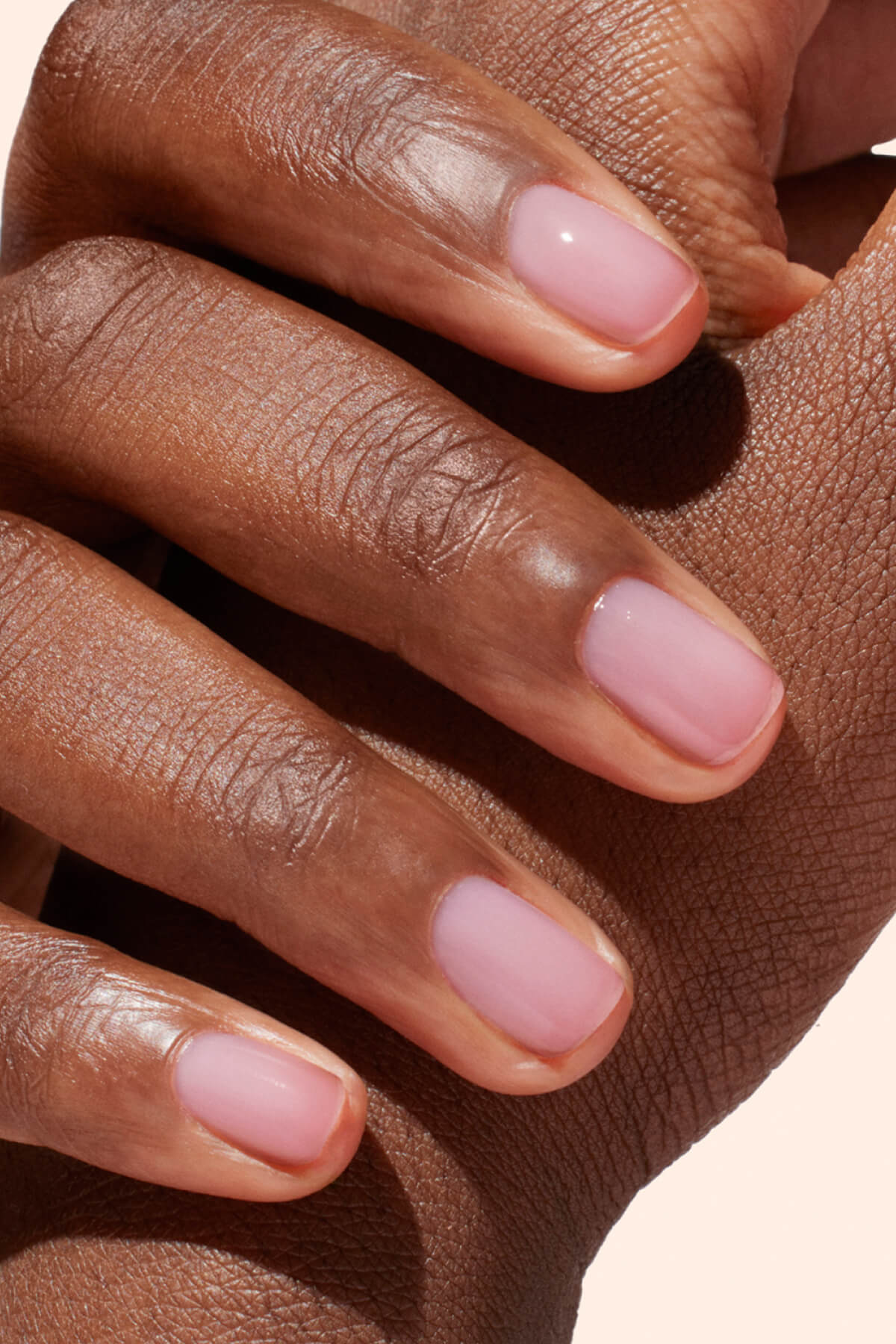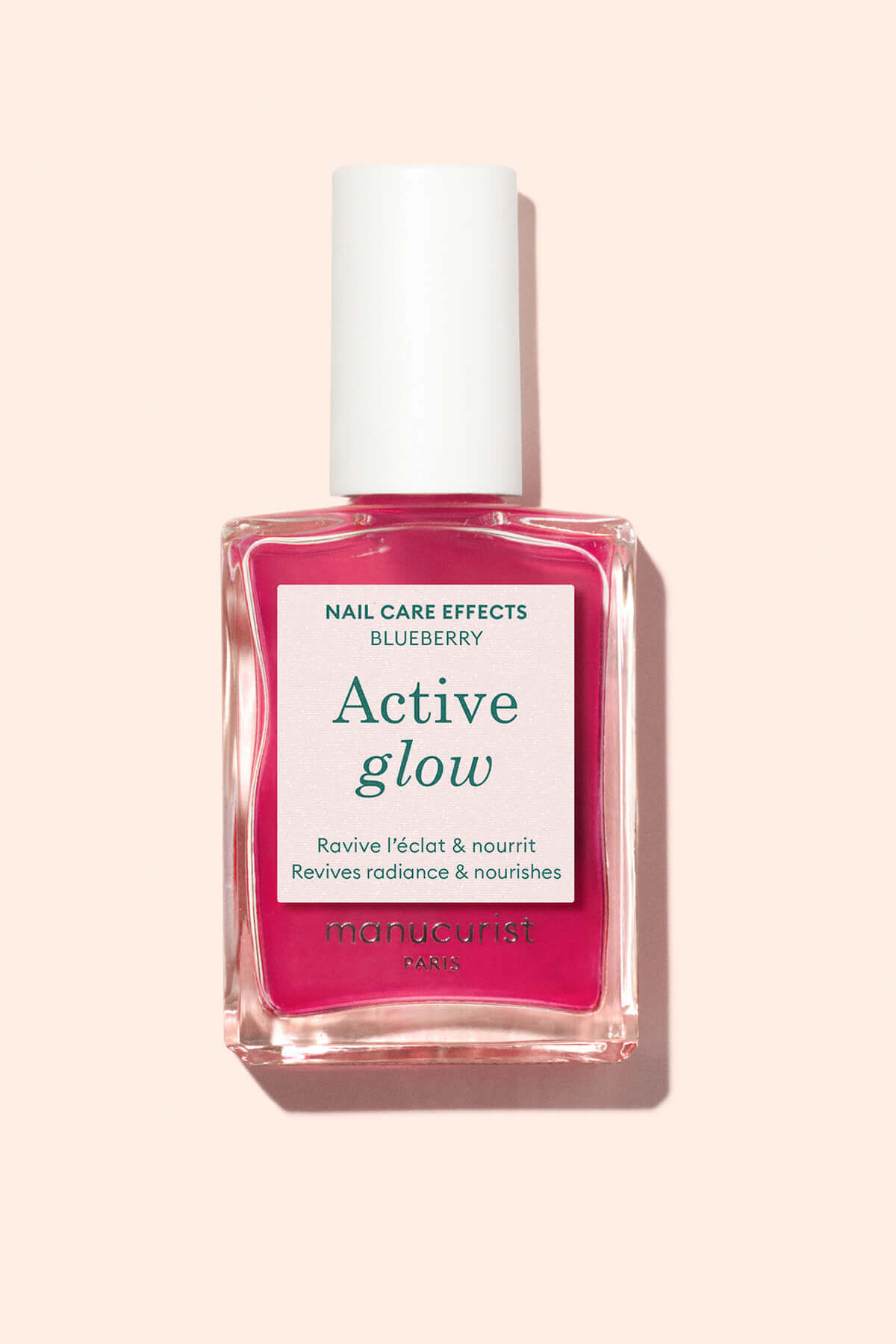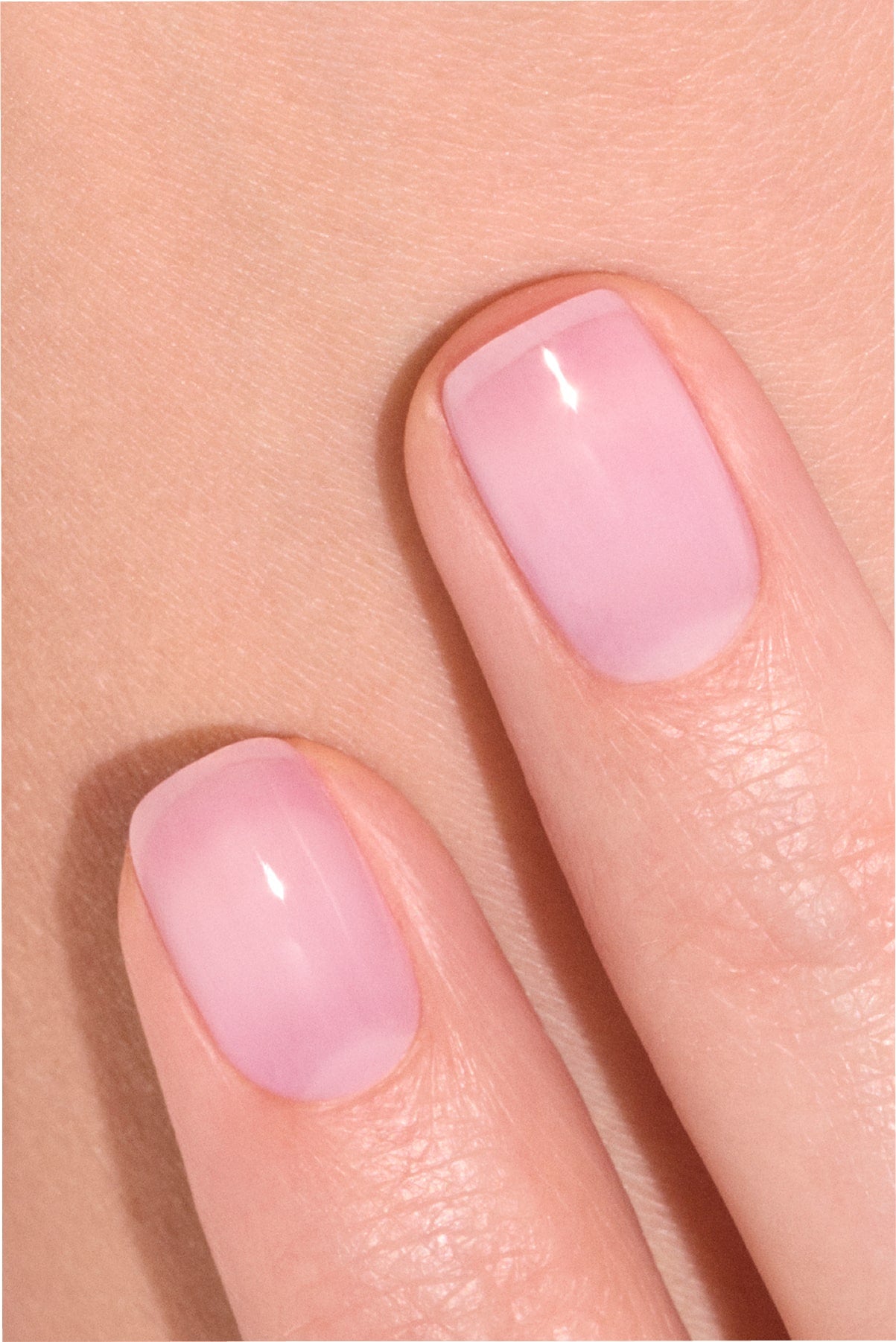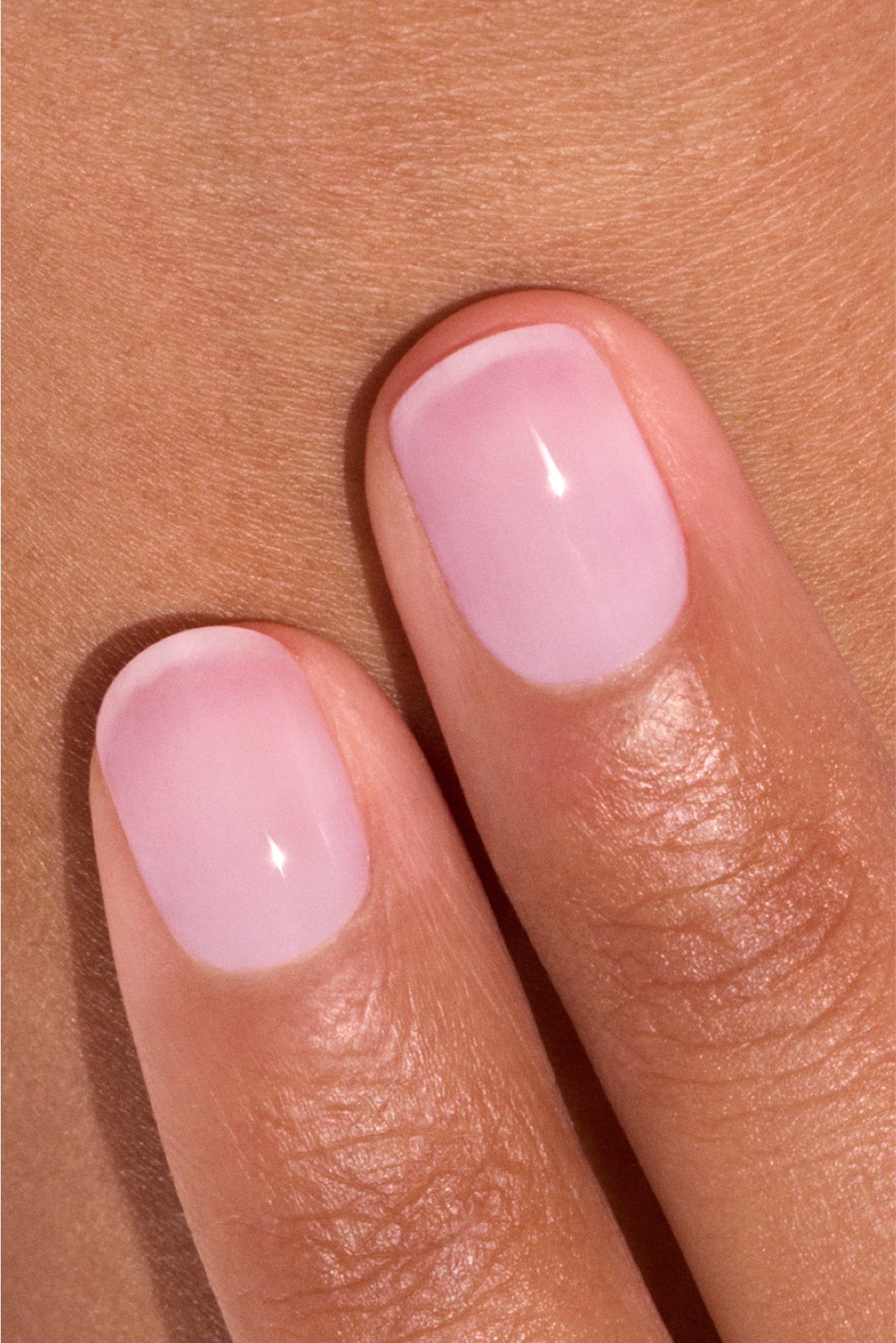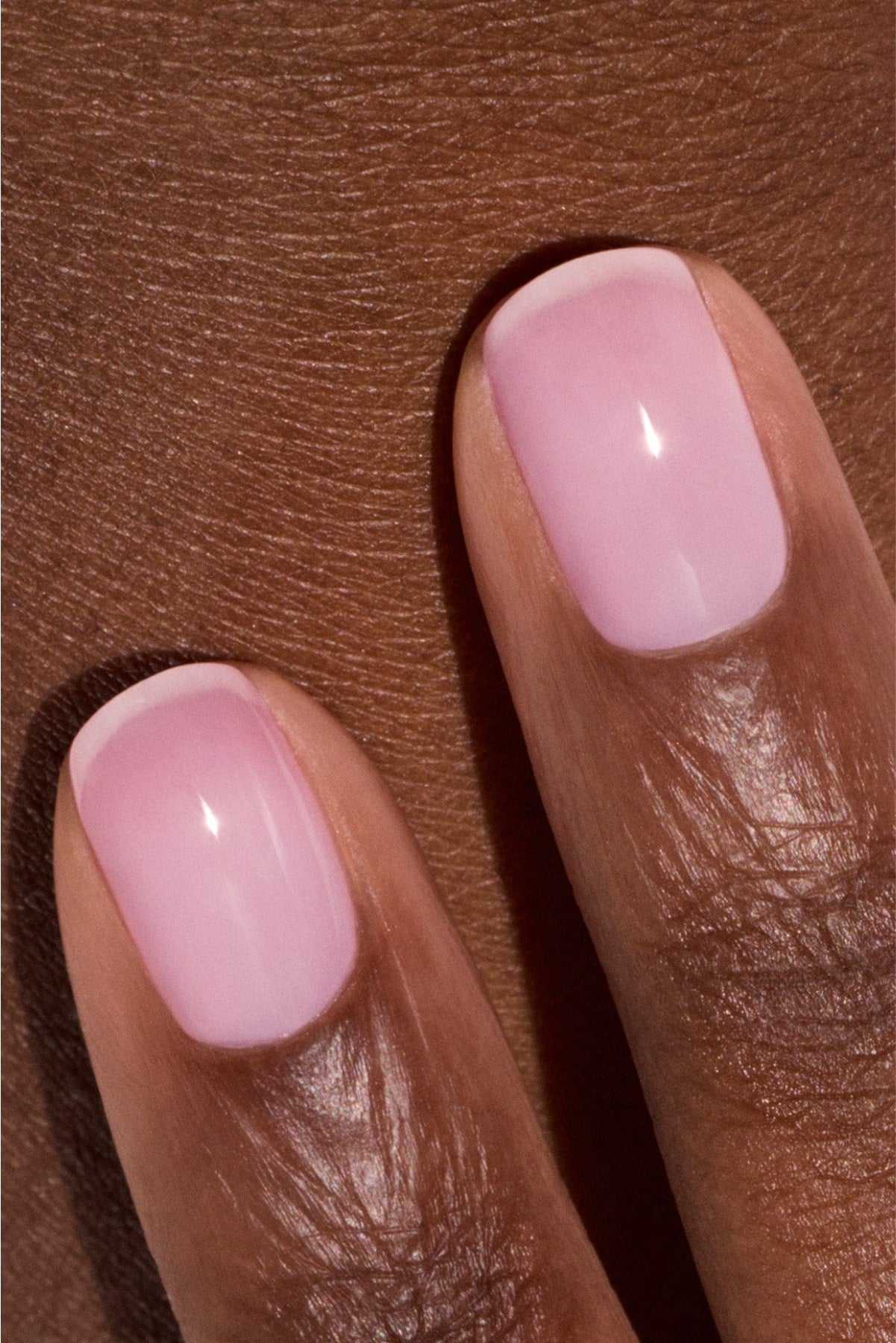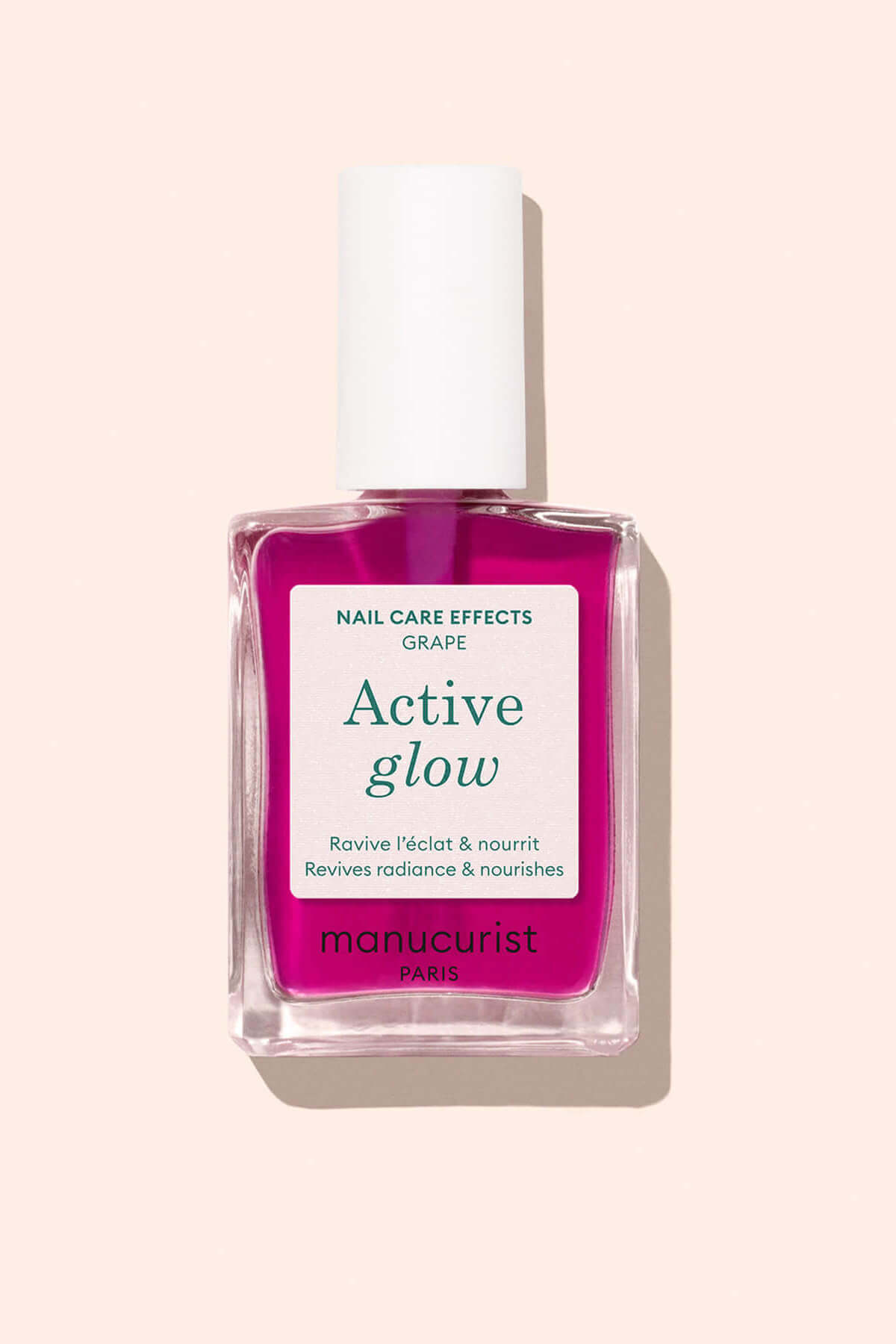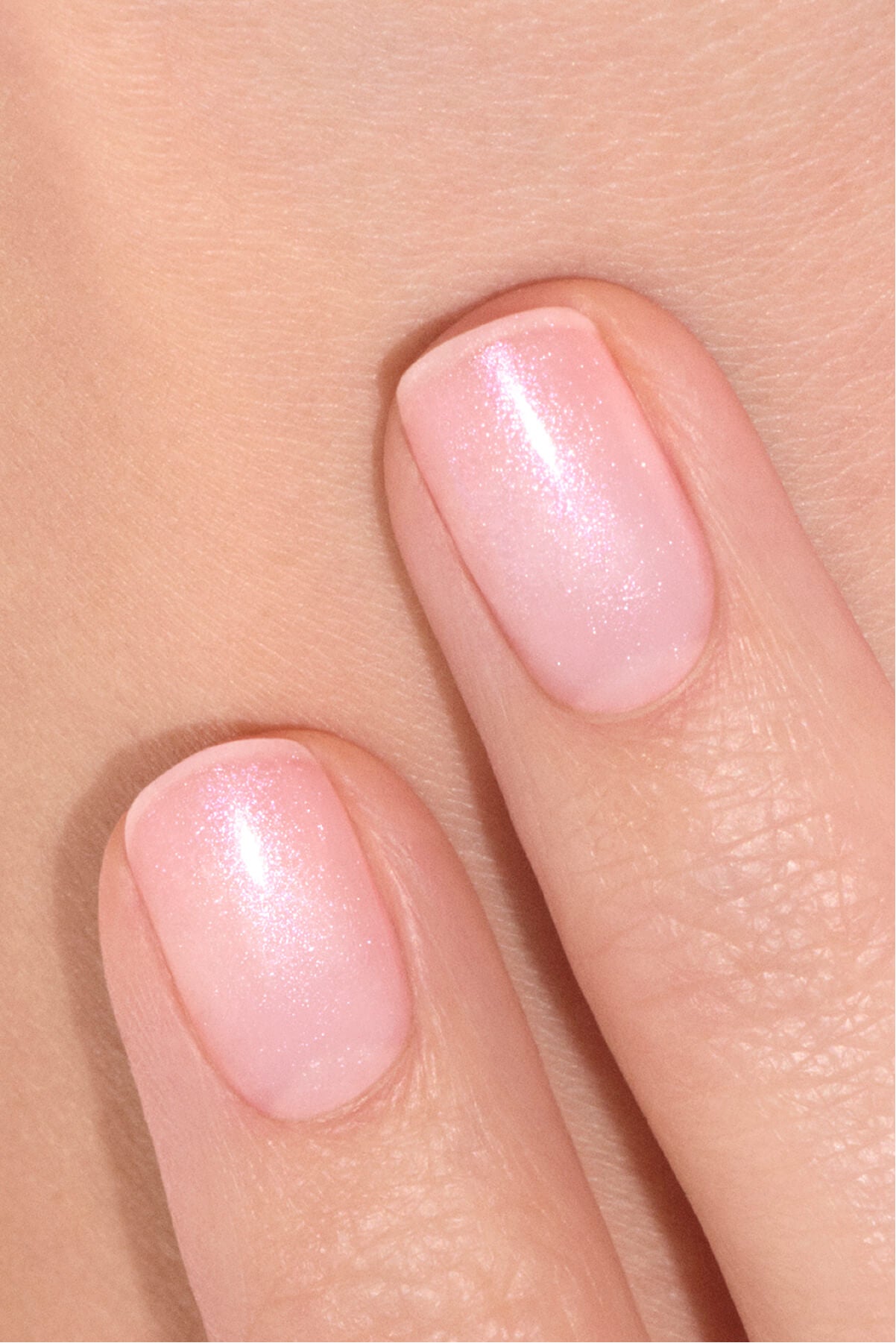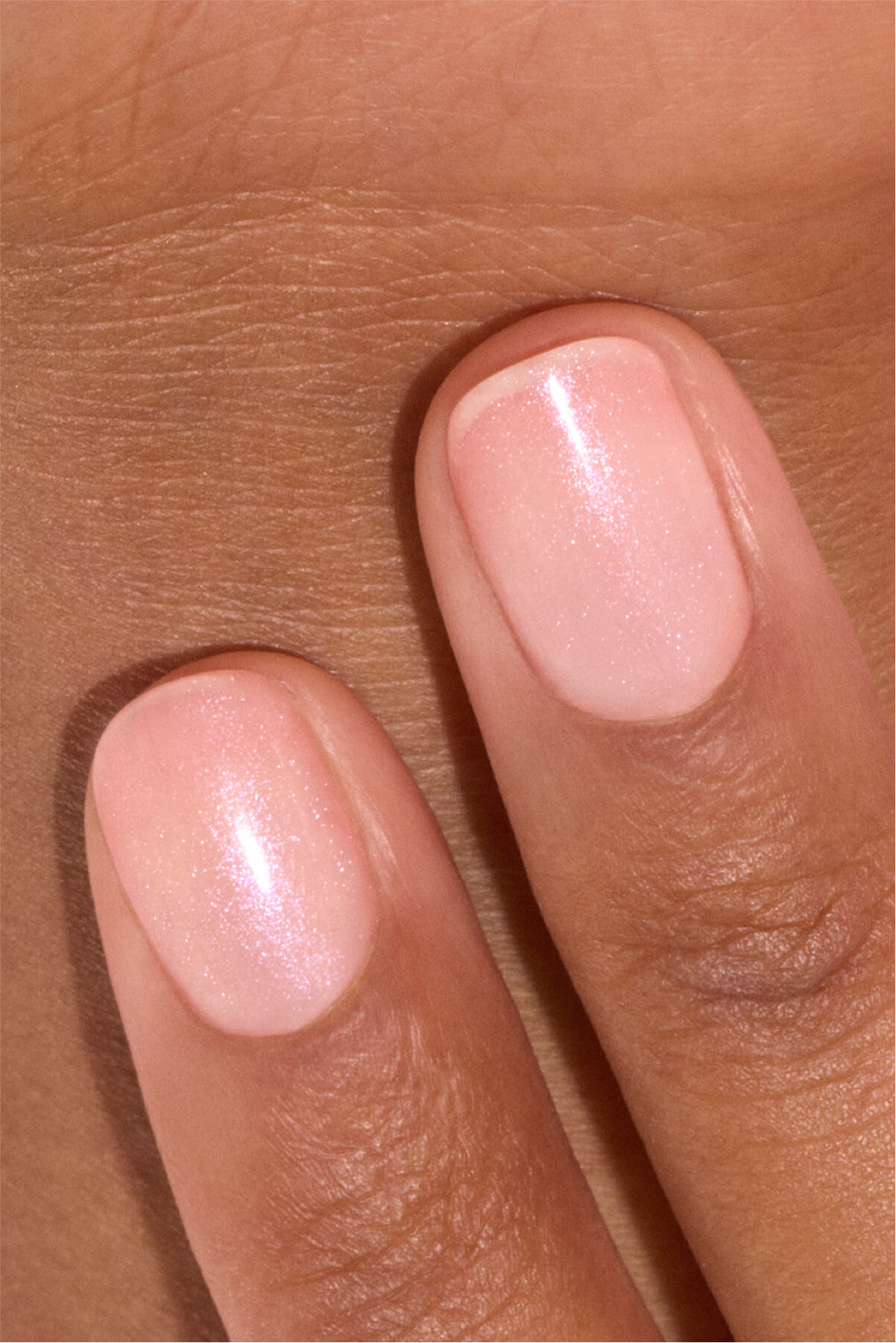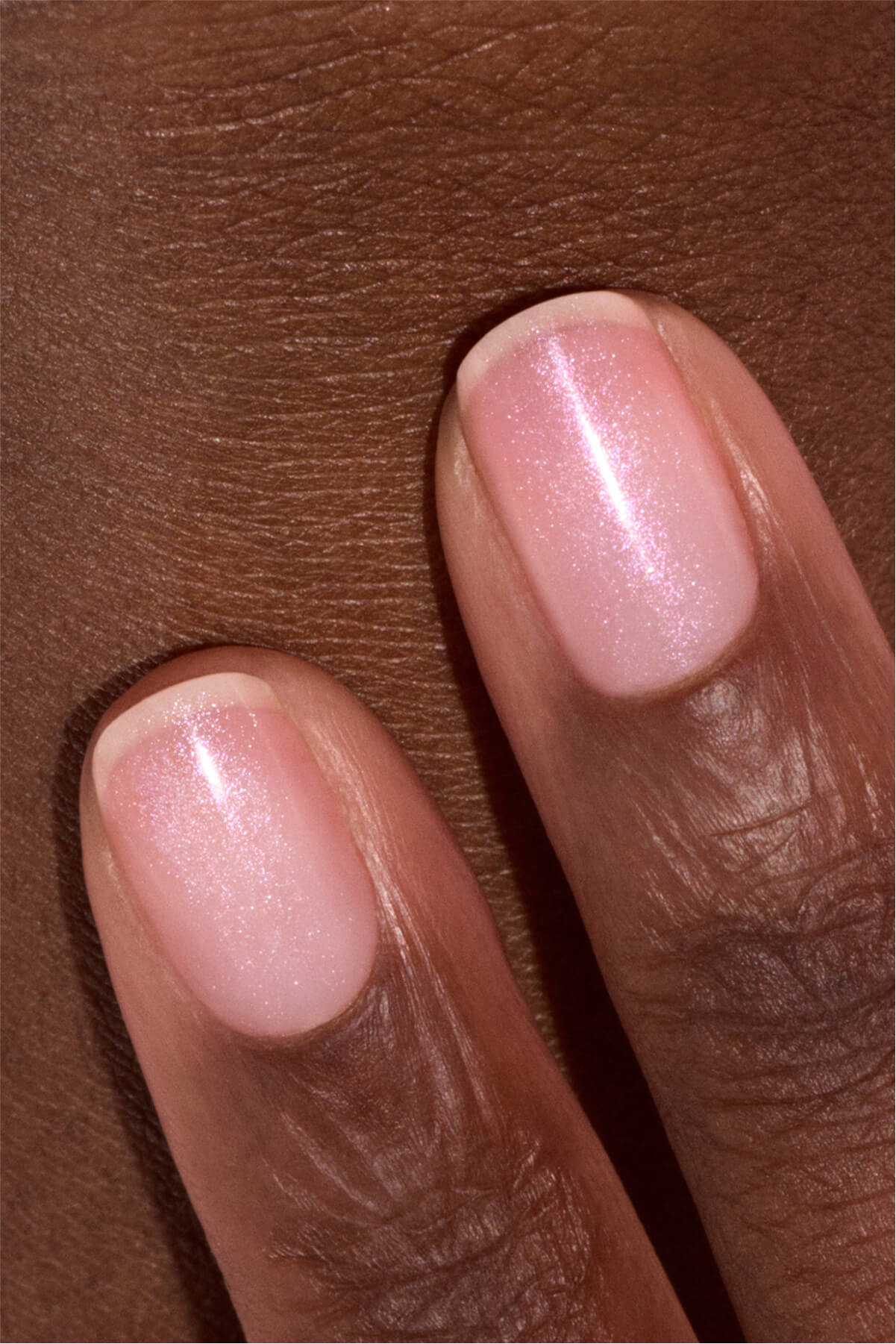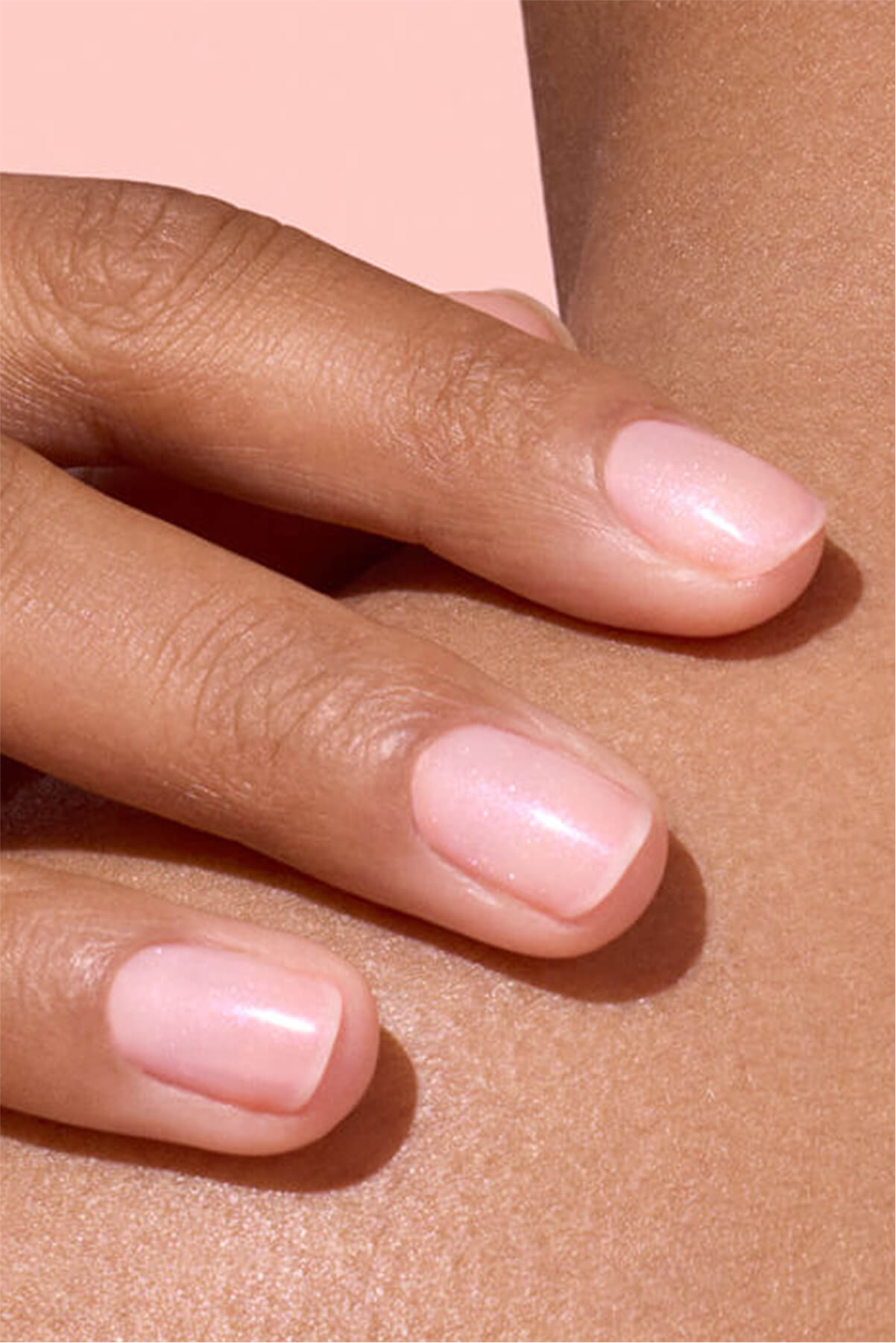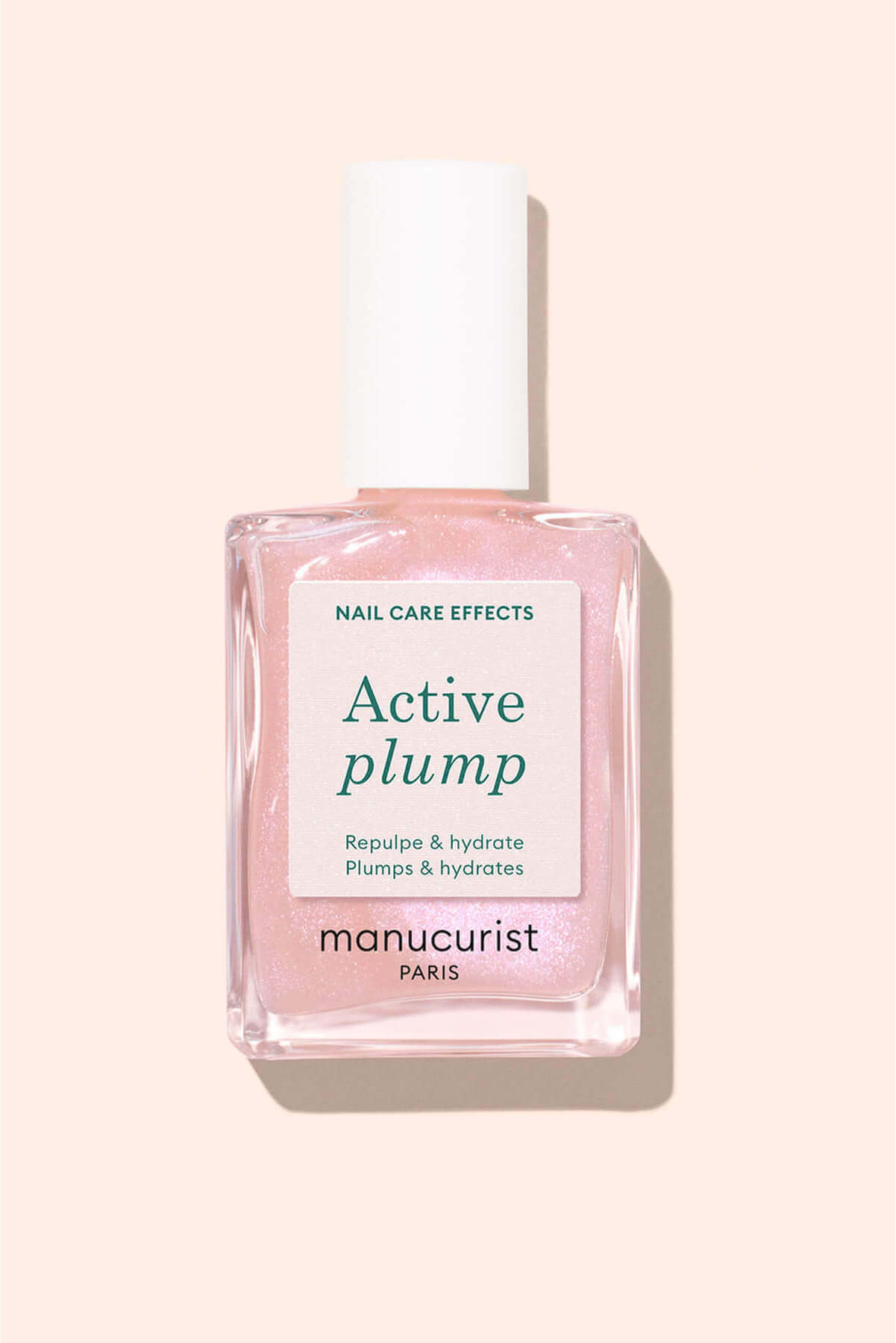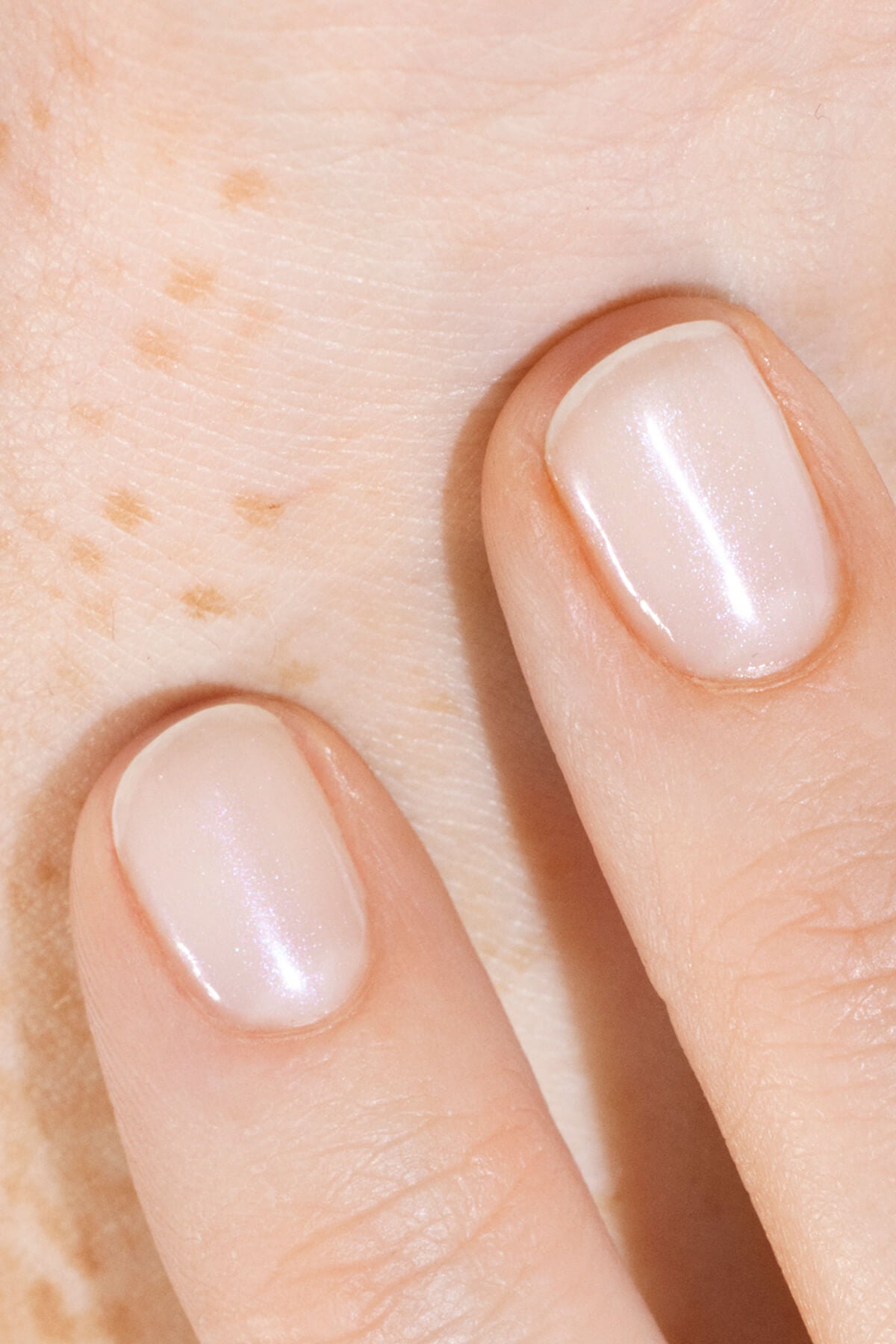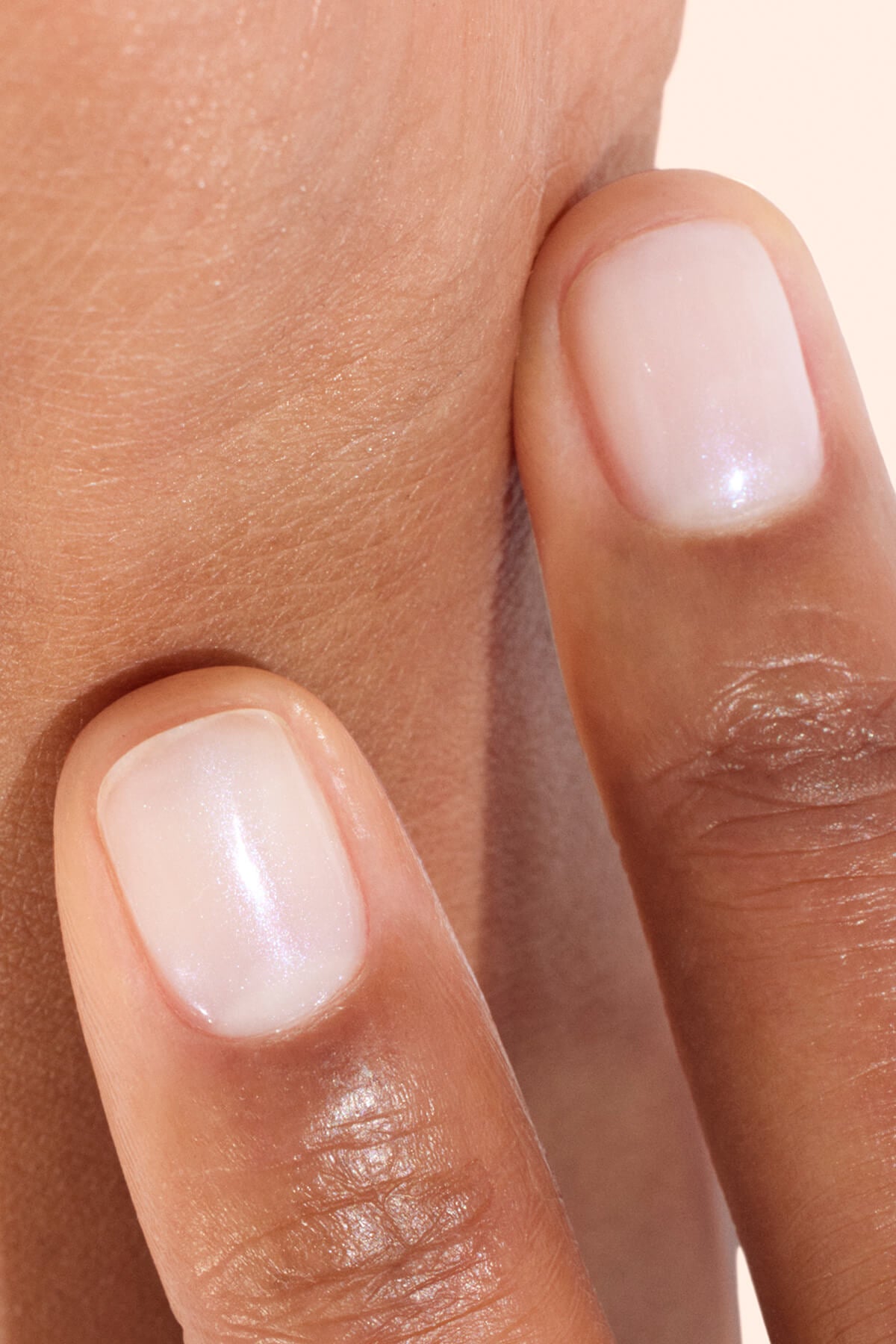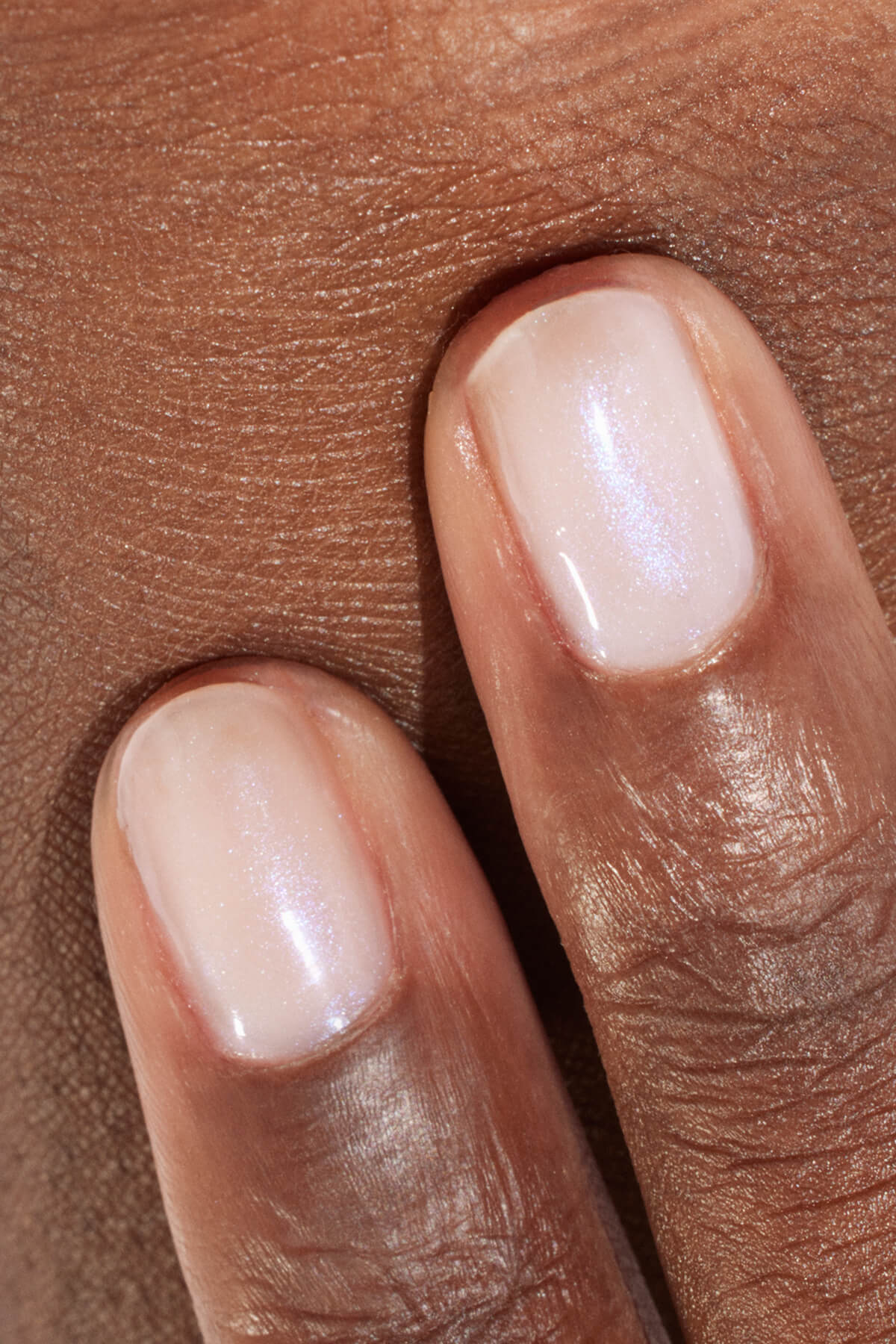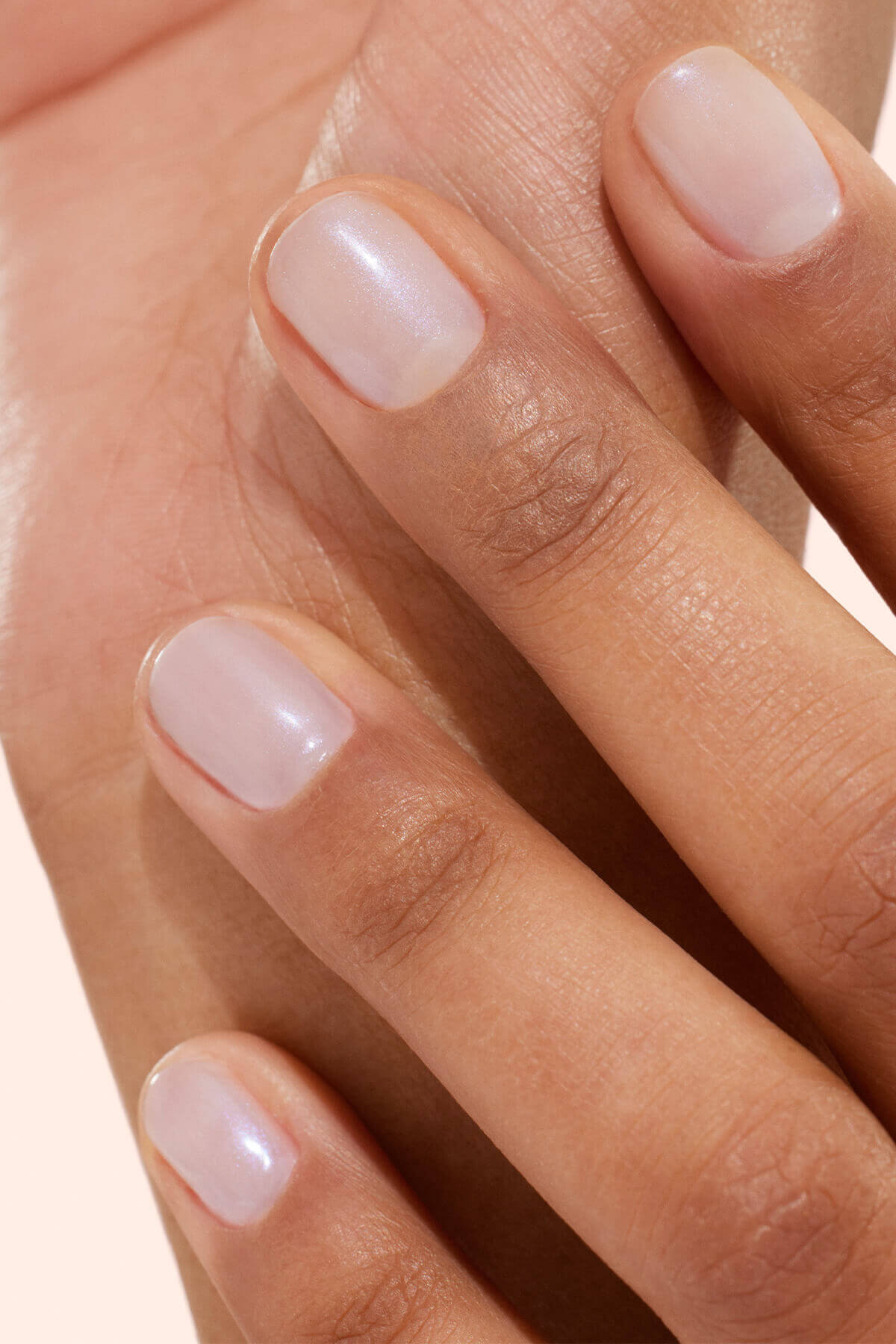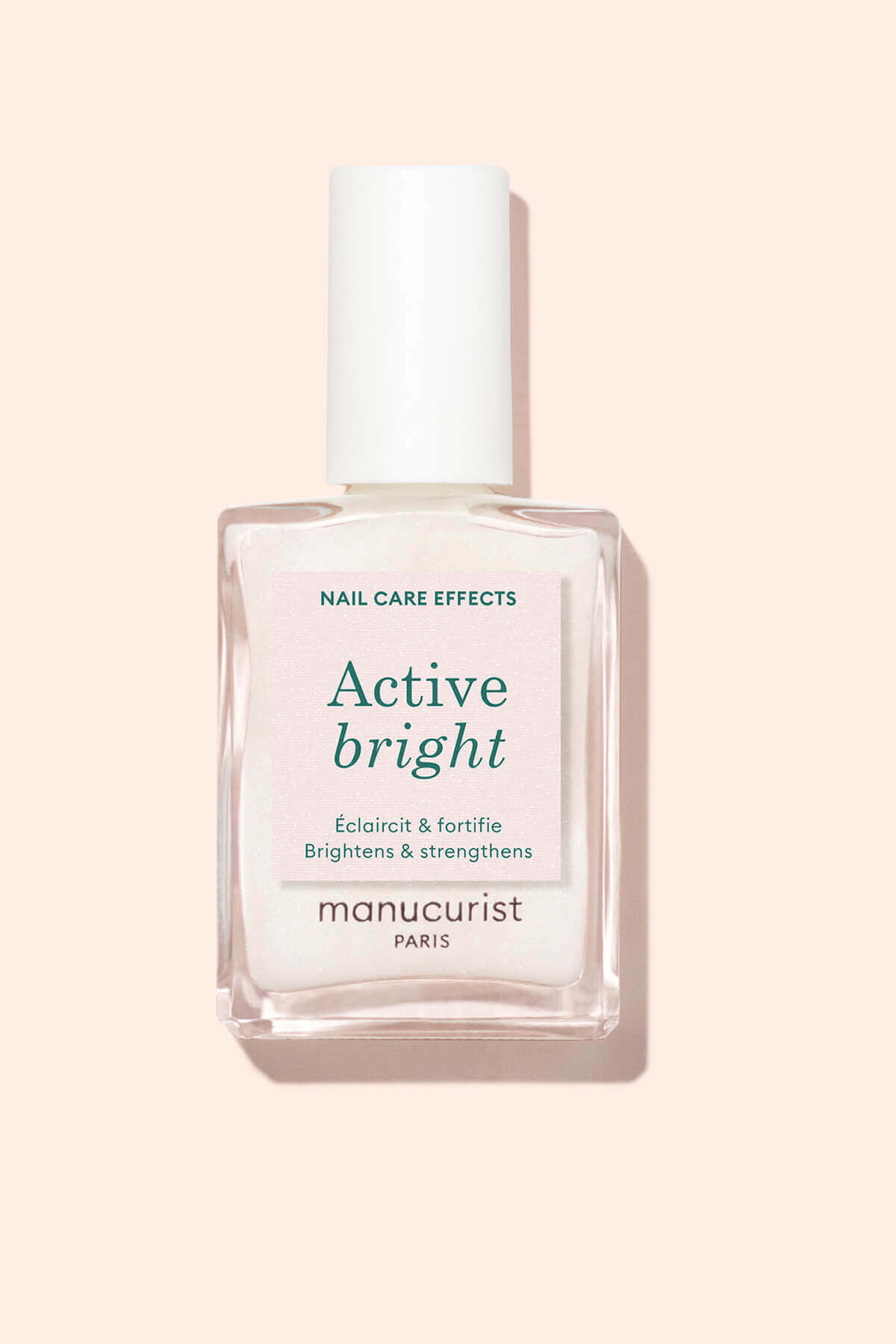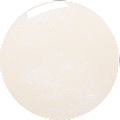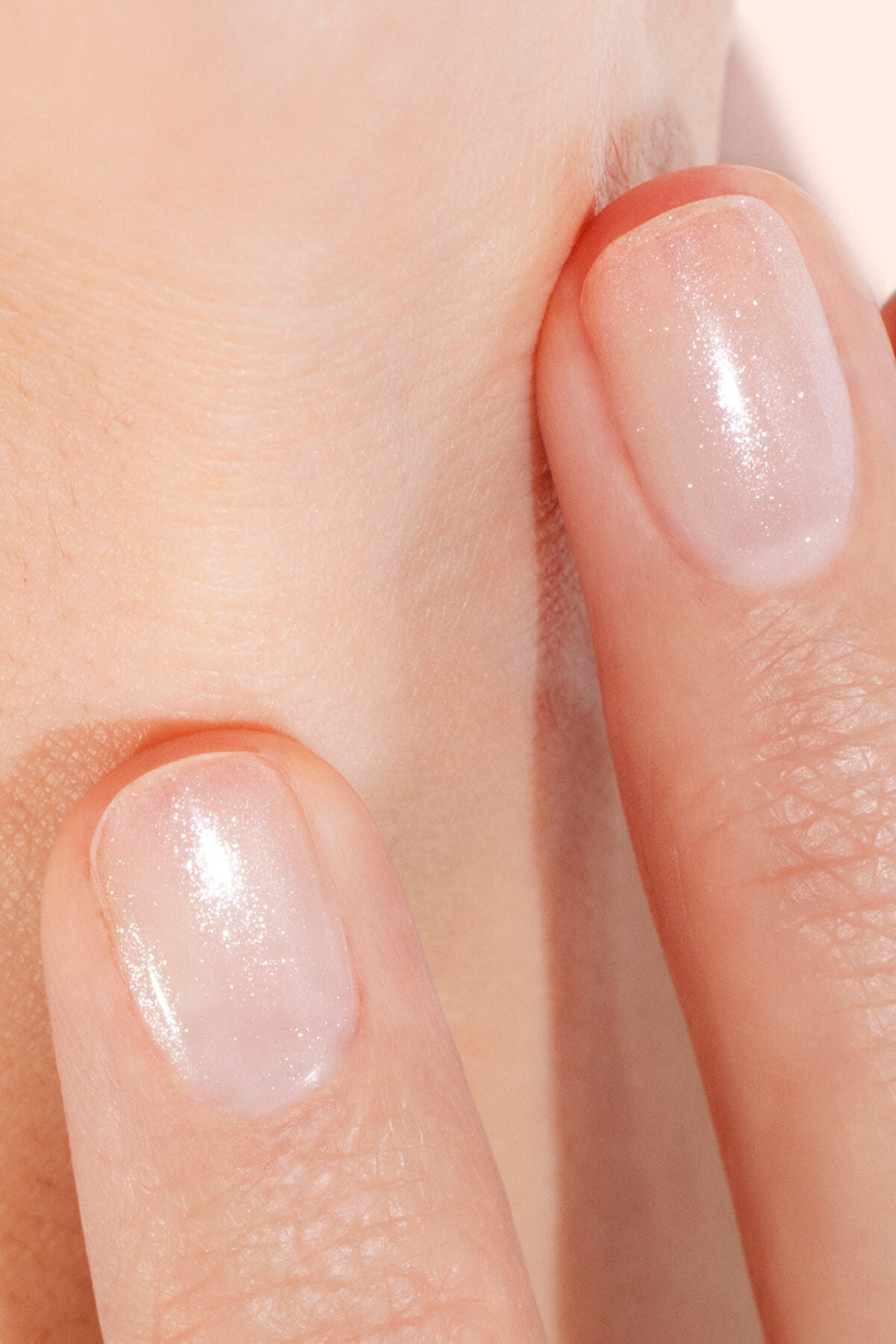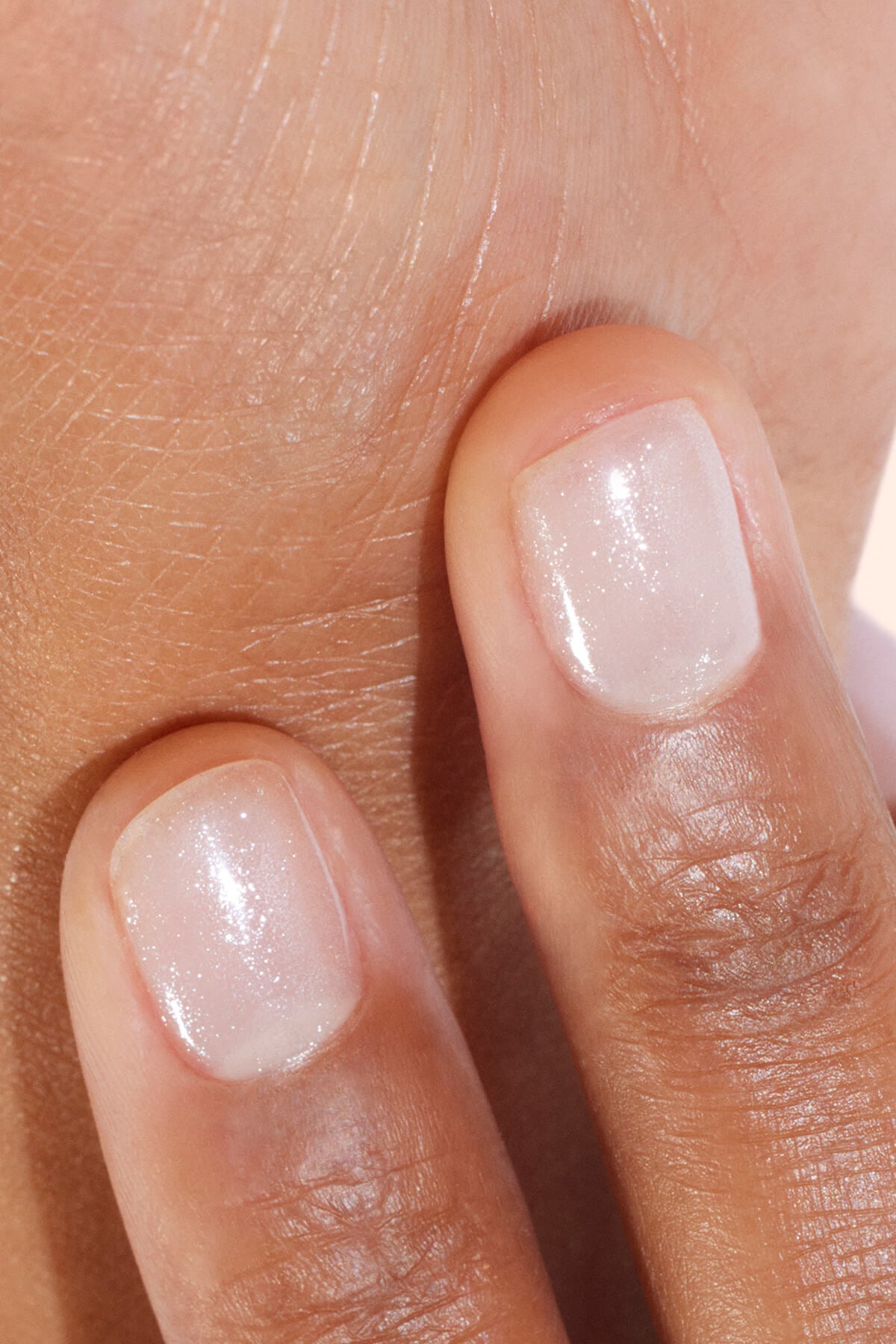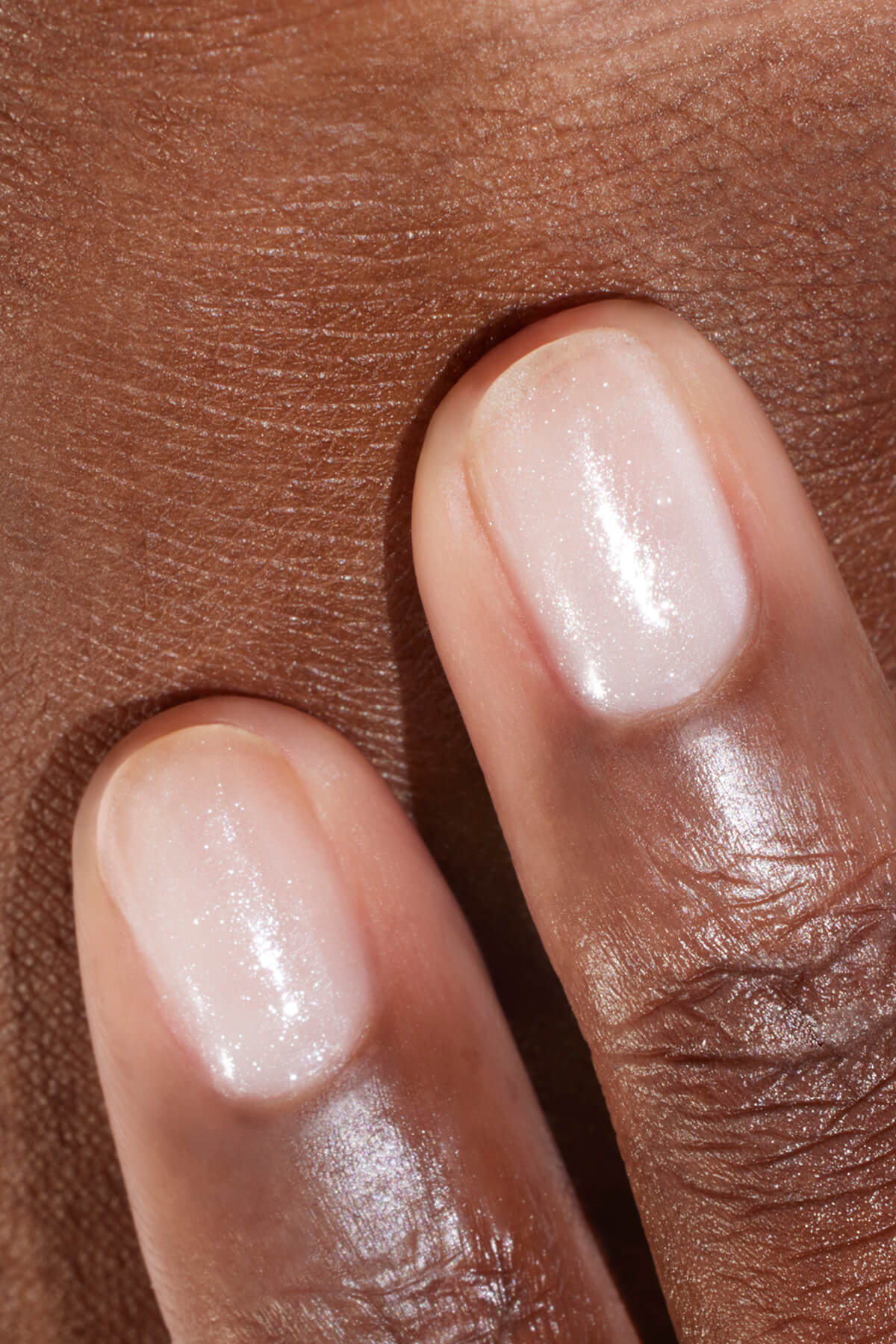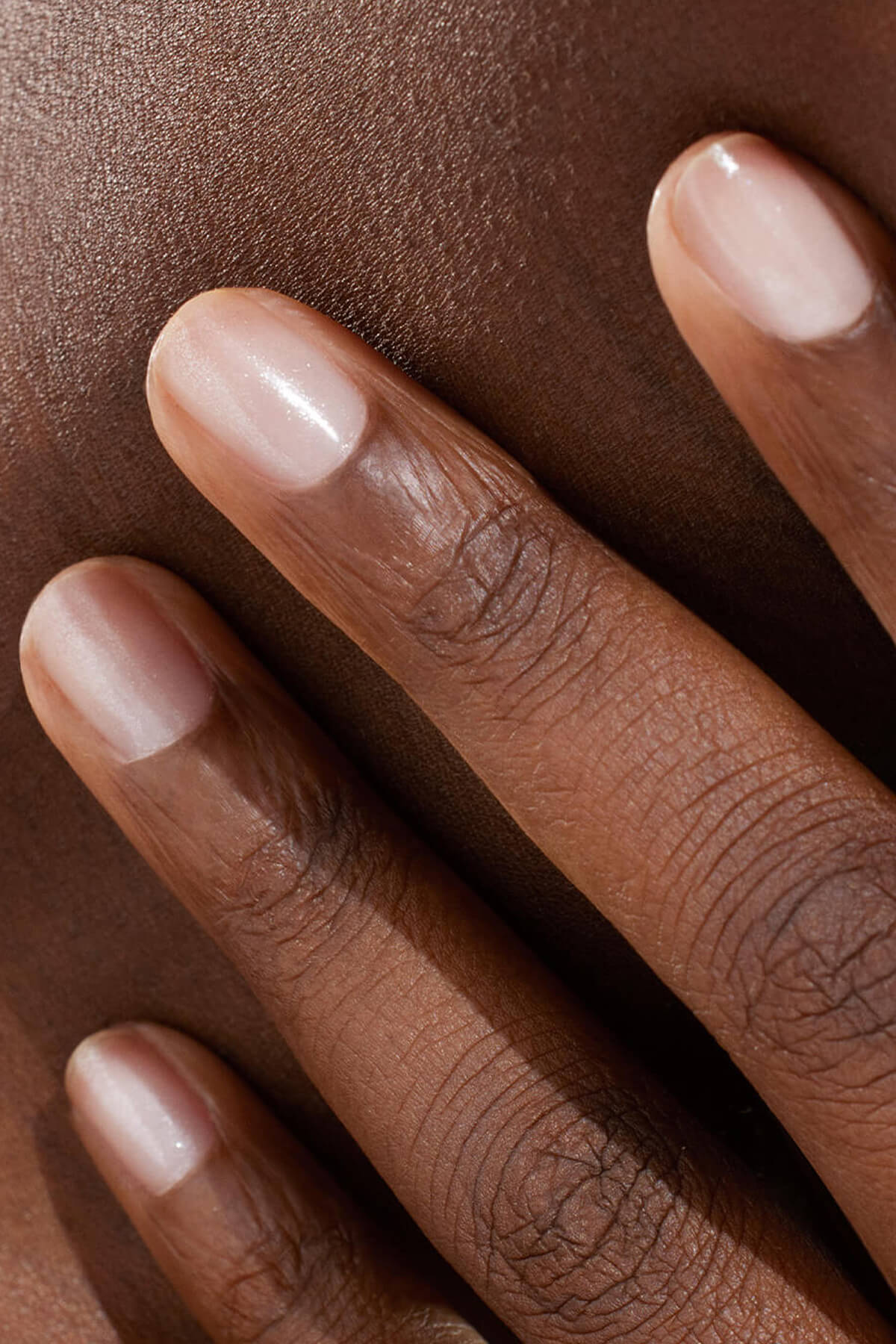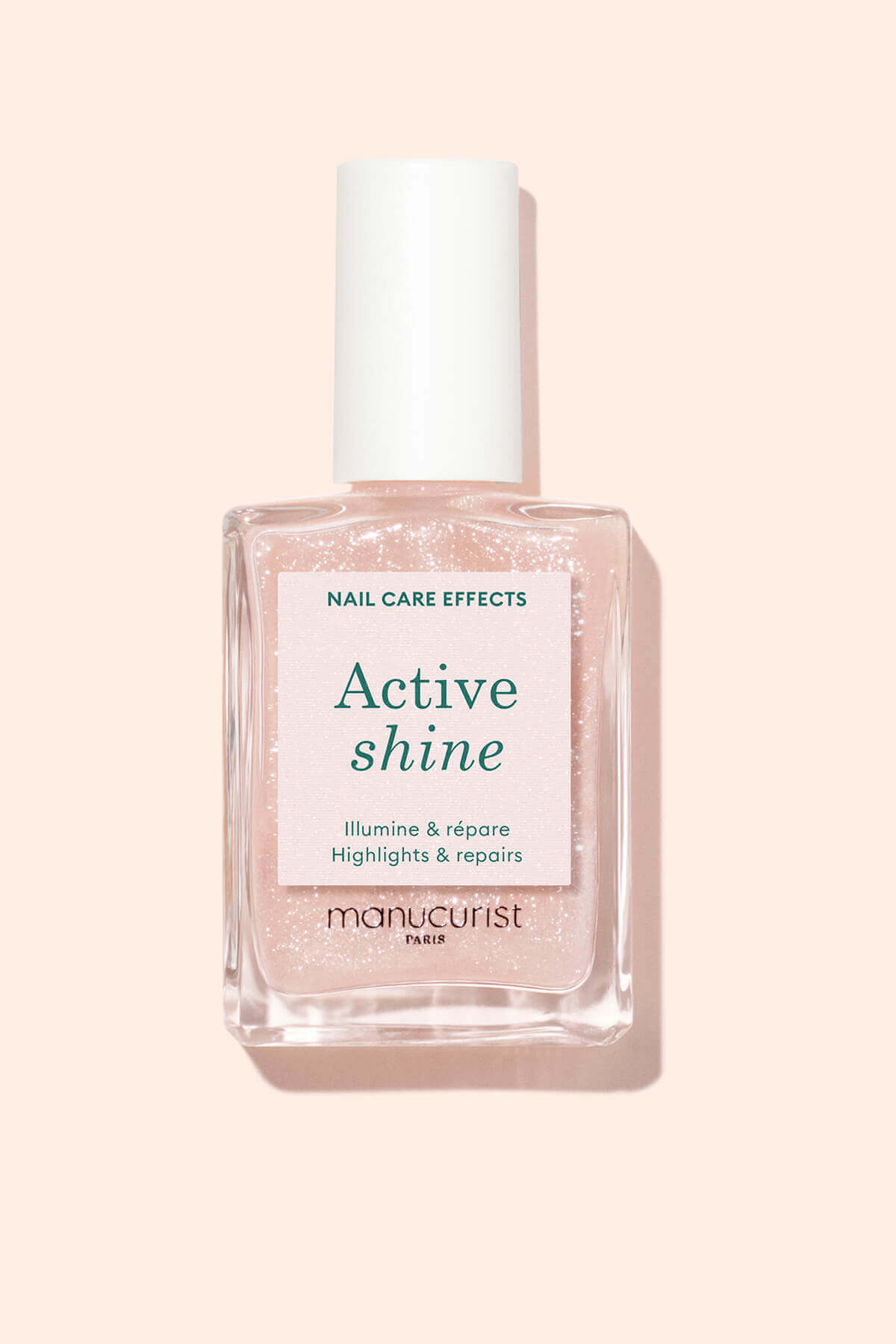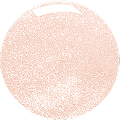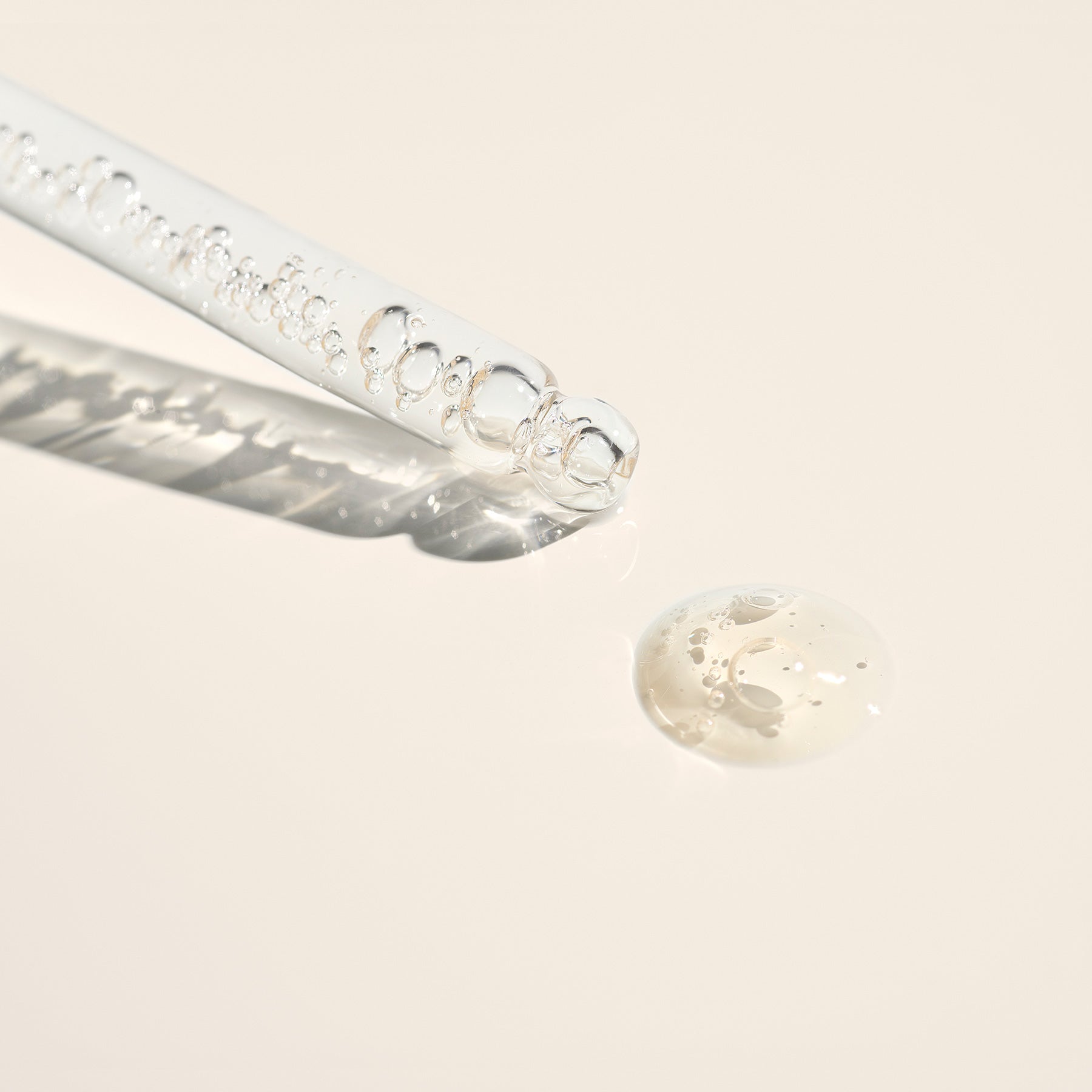
Our Blacklist ingredients
We strive to include only the safest, healthiest and planet-friendly ingredients in all our formulas!
Discover below the ingredients we refuse to use due to their toxic, sensitizing, petroleum-based or otherwise harmful nature
-
Methacrylate Monomers
These chemicals are often what cause allergic reactions in gel polish formulas. They are good at creating strong yet flexible films however the molecules are very reactive, volatile and small enough to pass through the epidermis. Due to recent concerns related to this class of chemicals, Manucurist replaces all monomers with oligomers which are less volatile, reactive and larger so they can not cross the skin barrier.
-
HEMA
The most frequently patch test-positive methacrylate and banned in the EU since 2021 for use in products sold to individuals. HEMA is used in traditional gels for its ability create a durable, shiny, plastic-like finish on the nails. It has a very low molecular weight and is classified as a “hapten”, which means it can easily penetrate the skin’s hydrolipidic barrier causing irritation, blisters, rashes, and long-term allergies. In addition, formulas containing HEMA are very difficult to remove as they strongly bond to nail keratin fibers, requiring them to be removed with acetone and drilling, which causes extreme nail damage.
-
Di-HEMA TMHDC
Banned in the EU since 2021 for use in products sold to individuals. Di-HEMA is a larger molecule created from HEMA, but is still considered a hapten meaning it can easily penetrate the skin’s hydrolipidic barrier causing irritation, blisters, rashes, and long-term allergies. In addition, formulas containing Di-HEMA TMHDC are very difficult to remove as they strongly bond to nail keratin fibers, requiring them to be removed with acetone and drilling, which causes extreme nail damage.
-
Animal products or derivatives
In line with Manucurist sustainability initiatives, animal products are excluded from all formulas and ingredients. Animal product profiles contribute heavily to greenhouse gas emissions, deforestation and other environmental issues. In addition, Manucurist excludes the use of all ingredients that are tested on animals, making all our formulas vegan and cruelty-free
-
Dibutyl Phthalate
Linked to negative health effects like reproductive problems, developmental issues, and endocrine disruption, as well as classified as a possible human carcinogen, this chemical can be found in nail polish and other personal care products, although use of DBP has recently faced restrictions in some countries.
-
Toluene
Considered a Volatile Organic Compound (VOC) that contributes to air pollution, acts as a major component in smog and can cause respiratory damage in humans and damage for crops or other vegetation. This hasardous chemical is commonly found in paint thinners, glue and nail polish.
-
Ethyl Tosylamide
Commonly found in nail polish as a plasticizer to help improve flexibility and durability, Ethyl Tosylamide has been found to be linked to skin irritation, photosensitivity and allergic reactions as well as potentially having endocrine-disruption effects.
-
Formaldehyde
Highly toxic commonly found in plywood, glues and adhesives, with expose having the potential to cause health effect including irritation of the eyes, nose and throat as well as respiratory problems. Long-term exposure had been linked to increased risks of cancer.
-
Triphenylphosphate
Commonly found in flame retardant, electronics and plastics, it has been linked to negative health effects such as endocrine disruption and developmental issues in addition to being a suspected carcinogen.
-
Styrene
Used in plastics, rubber and insulation materials. Exposure can cause effects such as irritation of the eyes, skin, and respiratory system as well as headaches, dizziness and nausea. Long-term exposure has been linked to cancer and other serious health conditions.
-
Hydroquinone
Has been found to cause organ-system toxicity and respiratory tract irritation as well as being linked to a skin condition called ochronosis which causes the skin to turn a bluish-grey colour.
-
Phthalates
Linked to reproductive problems, developmental issues and endocrine disruption, which is why these chemicals are restricted in many countries.
-
Camphor
Toxic substances that is known to cause nausea, dizziness and seizures, with ingestion possibly leading to respiratory failure, coma and even death.
-
Xylene
Exposure can cause headaches, dizziness, and nausea, with prolonged exposure having the potential to cause damage to the central nervous system, liver, and kidneys.
-
Benzophenone
Linked to cancer, endocrine disruption and organ system toxicity.
-
Parabens
Chemical preservatives used to extend the shelf life of cosmetic products, parabens are suspected of interfering with hormonal balance and disrupting the endocrine system. They have been replaced by alternative preservatives that are safer for health, ensuring the same quality and durability of the product without compromise.



